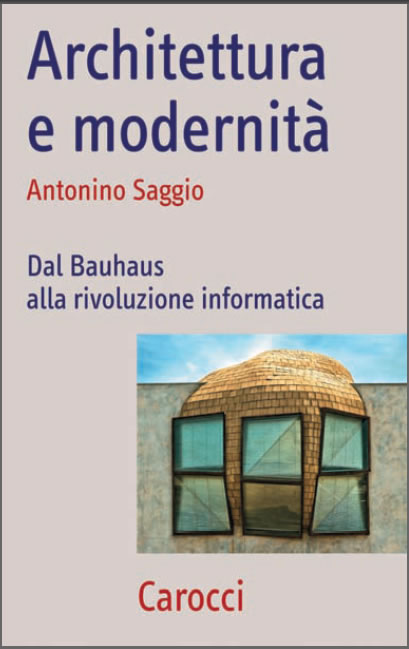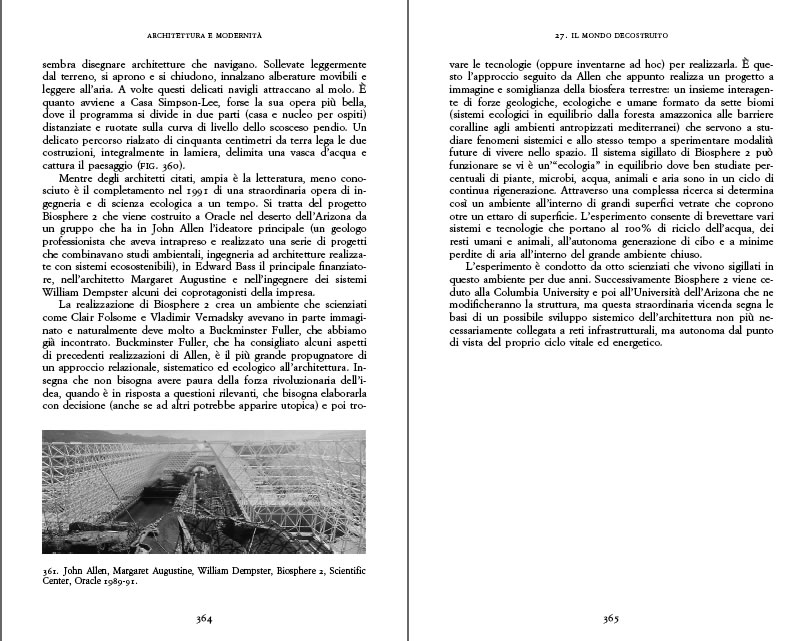Home Publications Lectures ITRevolution
Antonino Saggio I Quaderni
Talks
Listen To the Audio of entire Conference by Saggio 1h05 English
2007 EcoTechnics Conference, Synergia Ranch Santa Fe
Antonino Saggio
Our next speaker is a revolutionary in architecture, which has been called the mother art. How crucial is architecture and the built environment? Winston Churchill noted: “We shape our buildings: thereafter they shape us.”
Yet, we look around especially at our newer buildings, I gag thinking of strip malls and shopping marts, vast parking lots, big box stores and the numbing array of glass-façade skyscrapers and wonder: is this the best we can do? is this who we are and how we want to be shaped? No, this is part of the problem not part of the solution. Prince Charles once shook awake an audience, who were expecting the usual after-dinner drivel from royals, at the Royal Architectural Society by commenting: “You have to give this much to the Luftwaffe: when it knocked down our buildings it did not replace them with anything more offensive than rubble. We did that.”
So modern architecture is in crisis. Perhaps approaching a tipping point. Prof. Antonino Saggio (henceforth Nino) has been in the front-line trenches of the transformations in architecture underway as the paradigm shifts and the Information Technology revolution changes both our capabilities and how we see the world.
IN THIS OCCASION HE WILL SHOW SOME ROOTS SOME DeVELOPMENT SOME THINKING that are rooted in the Mediterranean to develop Ideas and projects. They are three stories deepened in the myths and clouds of the mediterranean to bring to new development in Architecture
With an architectural degree in Architecture and planning from the University of Rome La Sapienza, a Master of Science from Carnegie-Mellon and a PhD from the Italian Ministry of research, Nino is Tenured Associate Professor of Architectural design at La Sapienza Rome with the teaching chair of "Architecture and Information Technology". Nino has taught at several universities in Europe, Africa and in the United States at the Carnegie-Mellon Institute. In 2003 he started the research group Nitrosaggio.net which operates transdisciplinarily in the relationships between Design and Information Technology,
Nino founded and edits the book series "IT Revolution in Architecture" published in English, Chinese and Italian. This book series has over twenty five titles and represents a invaluable asset for the creation of a new digital culture in architecture. He is the author of numerous books, including ones on important architects including Frank Gehry.
Nino is a great student of all the arts, not just architecture, and of the grand and more hidden, esoteric traditions which shape our arts, our architecture, our perception of who we are in the Universe.
In a recent book Nino wrote on the Art of Caravaggio, Nino noted: “from the point of view of artistic expression, the introduction of a new instrument is a crisis….and only after great efforts and upheavals or authentic revolutions in thought and action, does it manage to reach a new form of expression”.
There is a wonderful line in Federico Fellini’s movie, “the Clowns”. “Ah, the British…for them the Mediterranean is a short-cut. We’re Italians, for us the Mediterranean is life.” It’s a delight to invite Prof. Antonino Saggio today to wear his architect, art historian, revolutionary and “the Mediterranean is life” hats as he leads us on the journey: “Inspirations from the Mediterranean”
by Mark Nelson, PhD Chairman of the conference
Three Mediterranean Ispirations
1. From the Etrurian Vie Cave to UGL
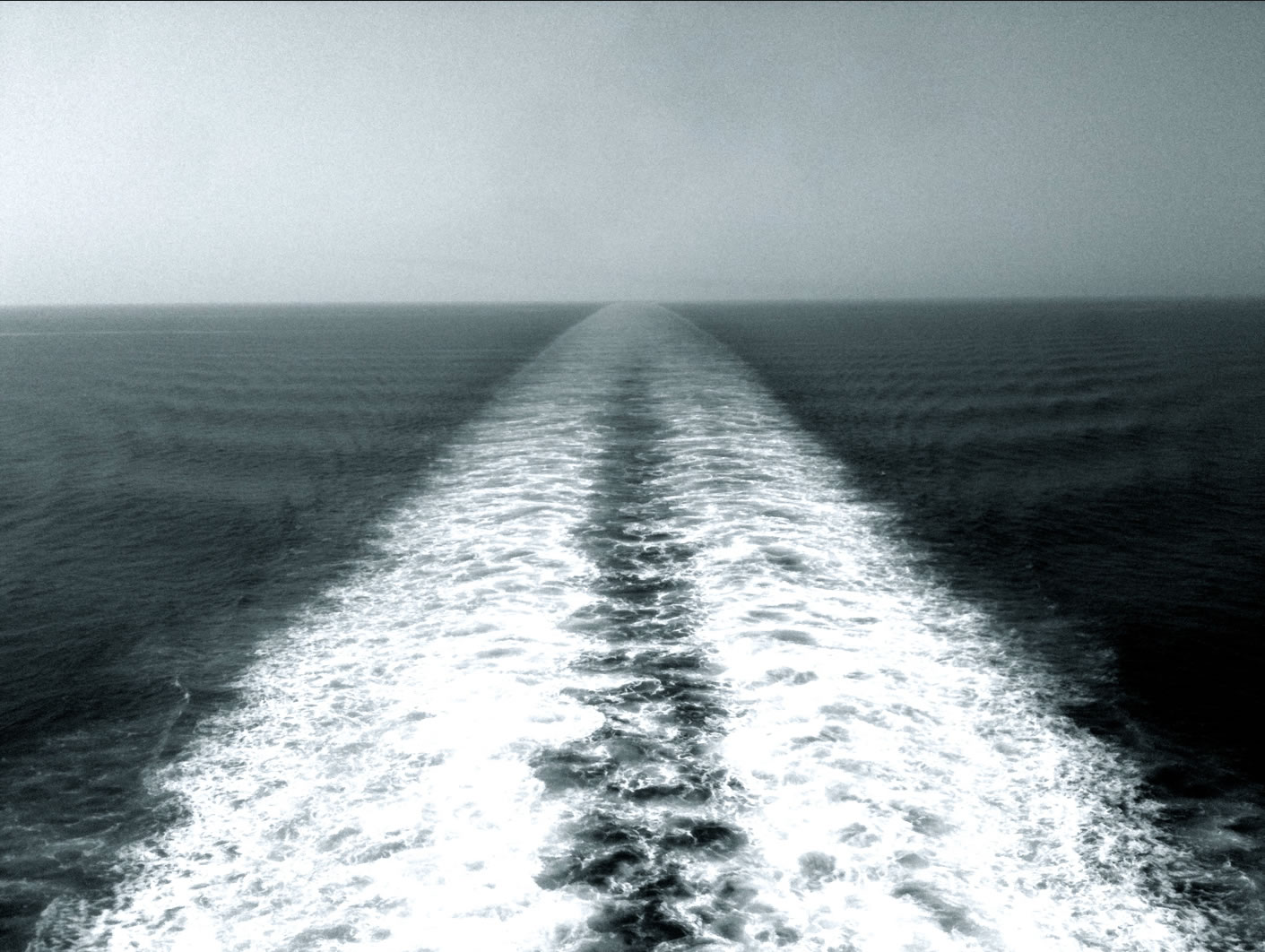
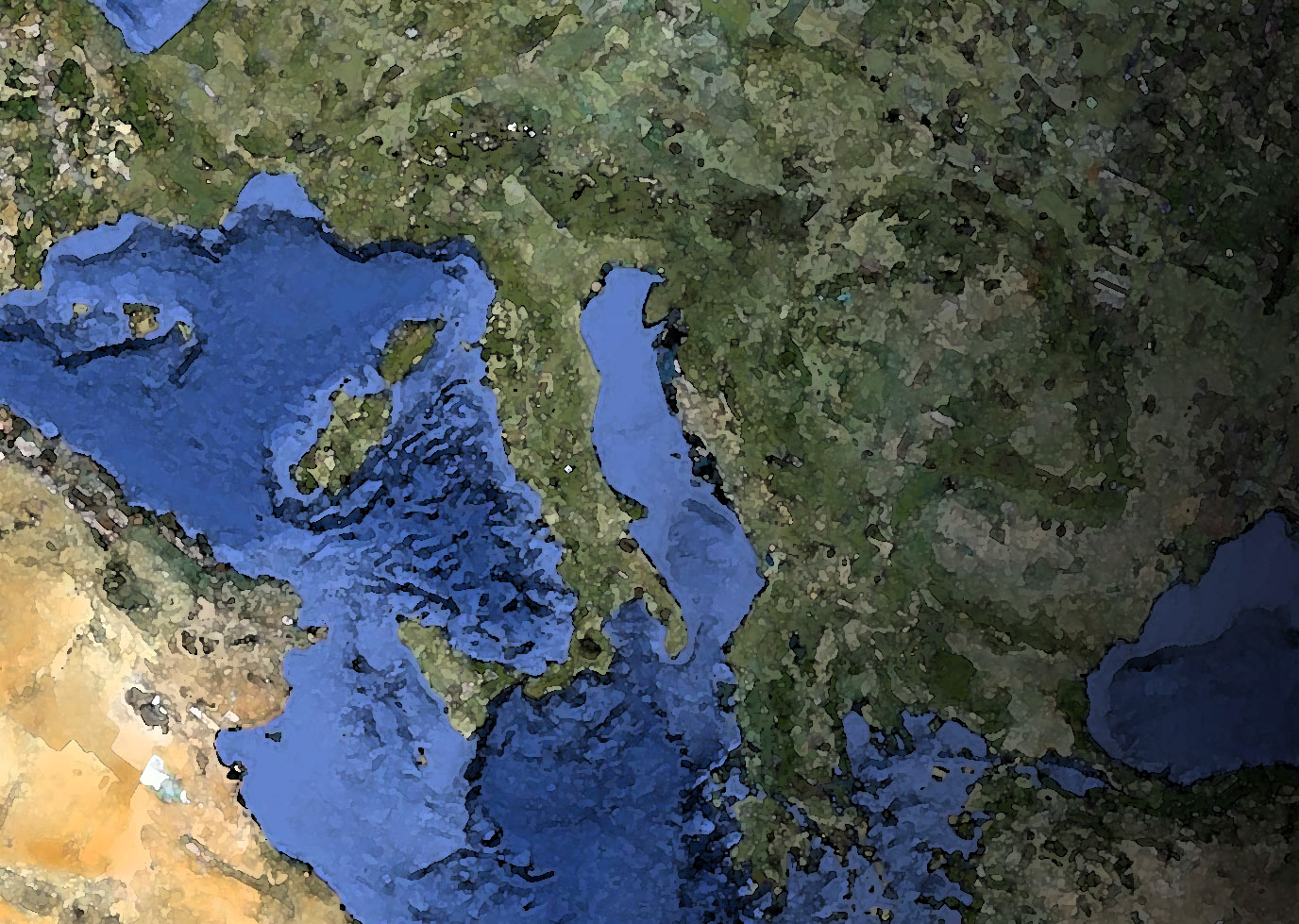
But all routes, at least for me end here..
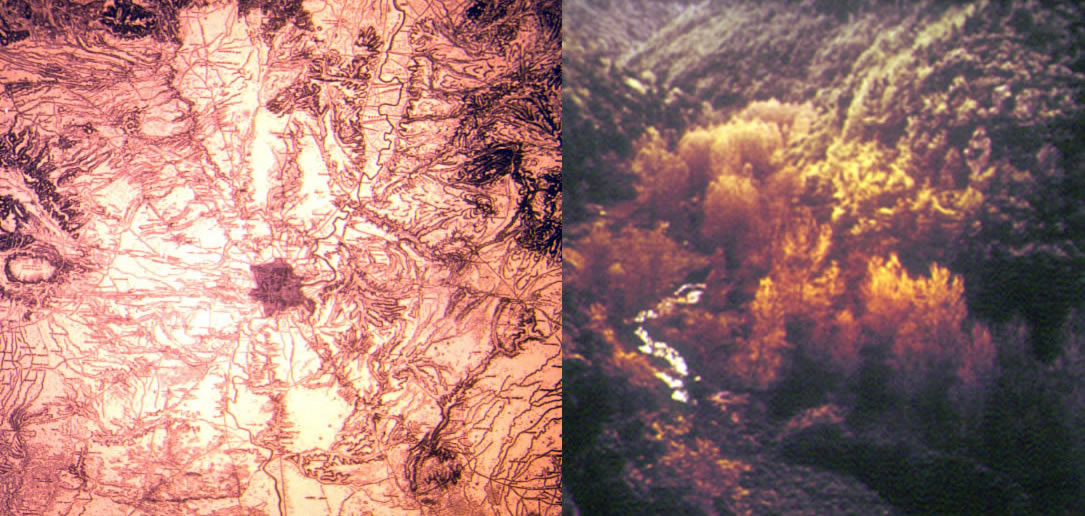
Imprinting
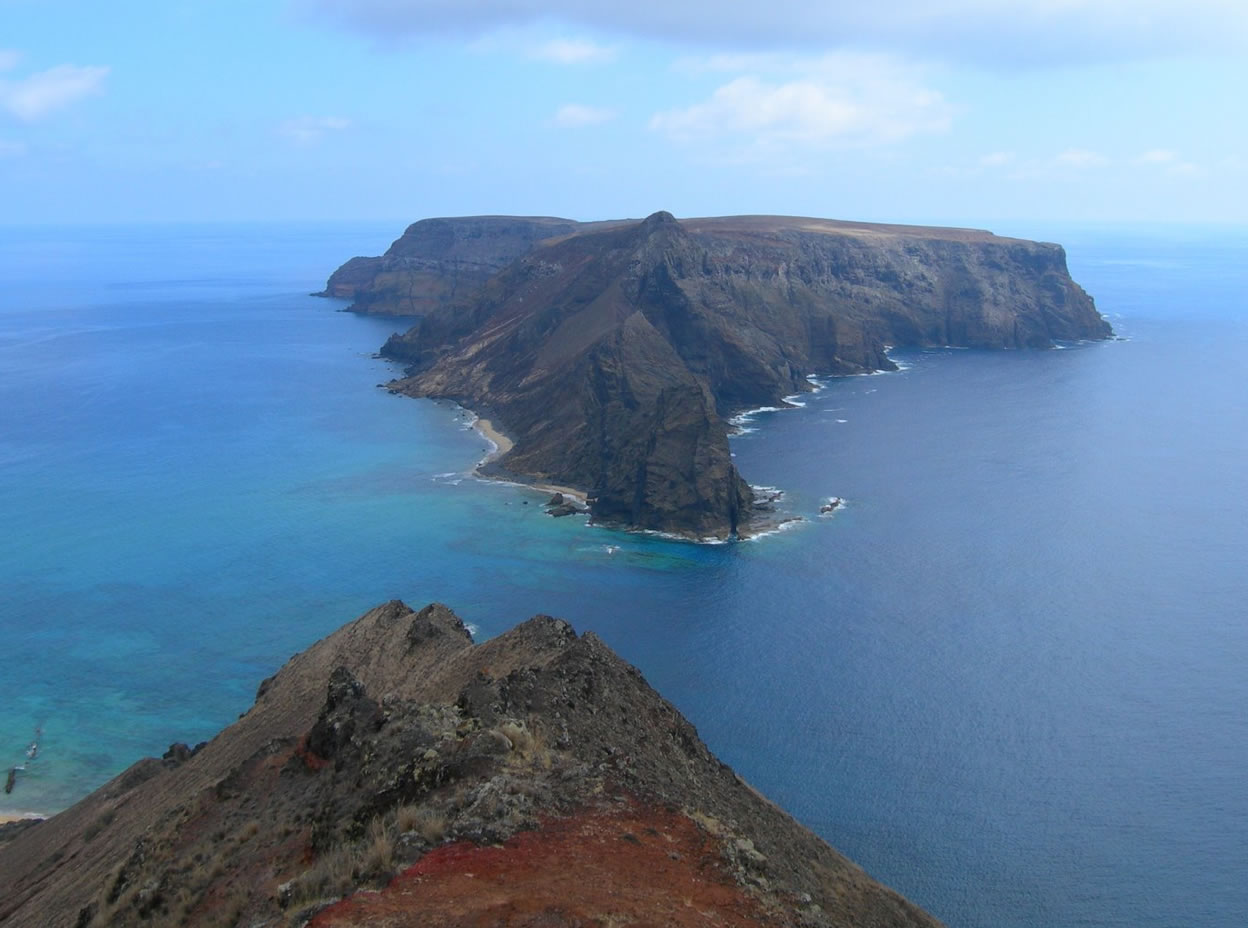
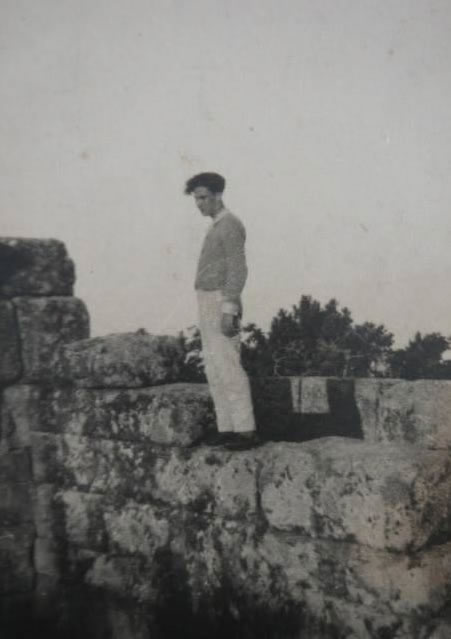

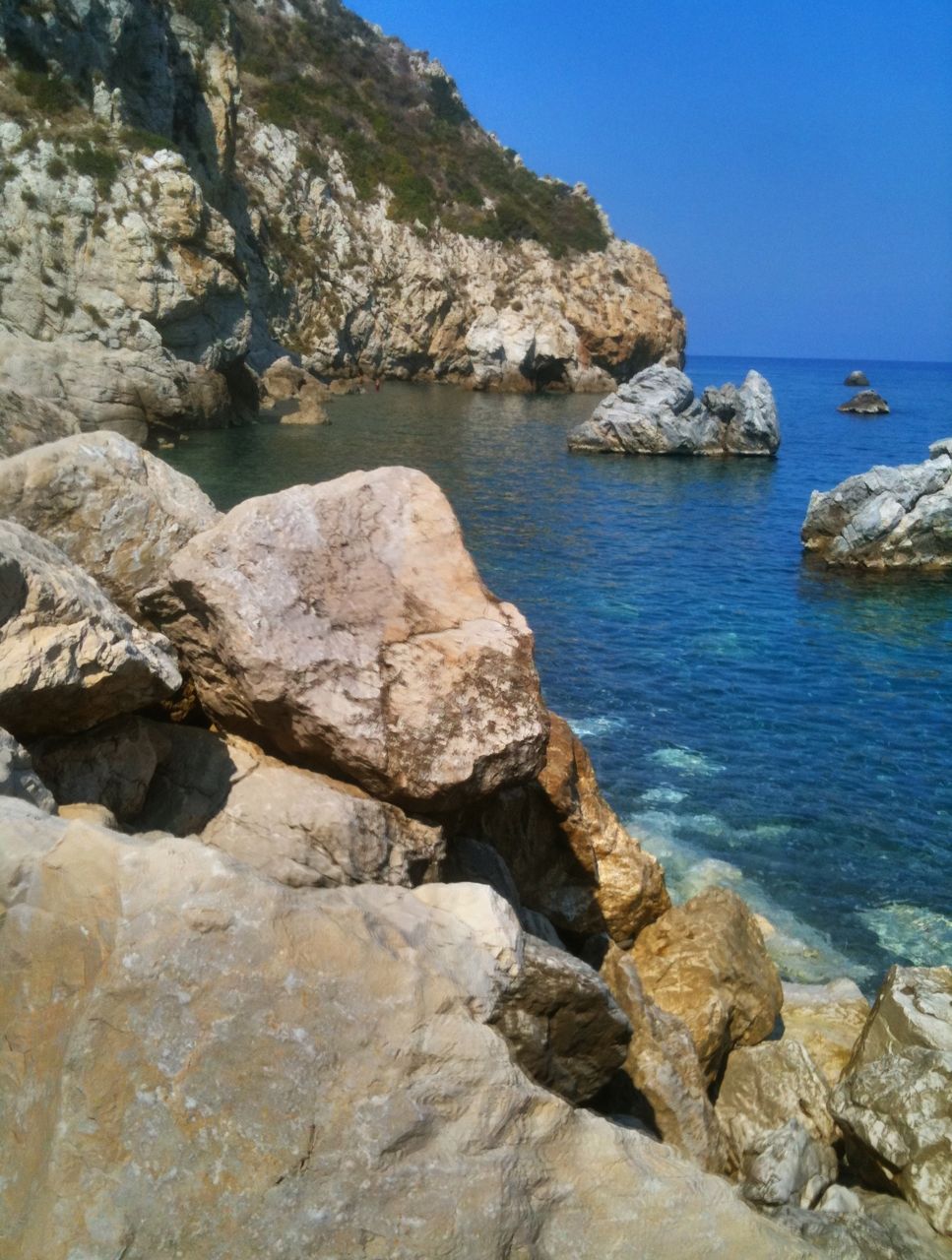
South: Plastic, Chiaroscuro, Elevation, Greek
Map
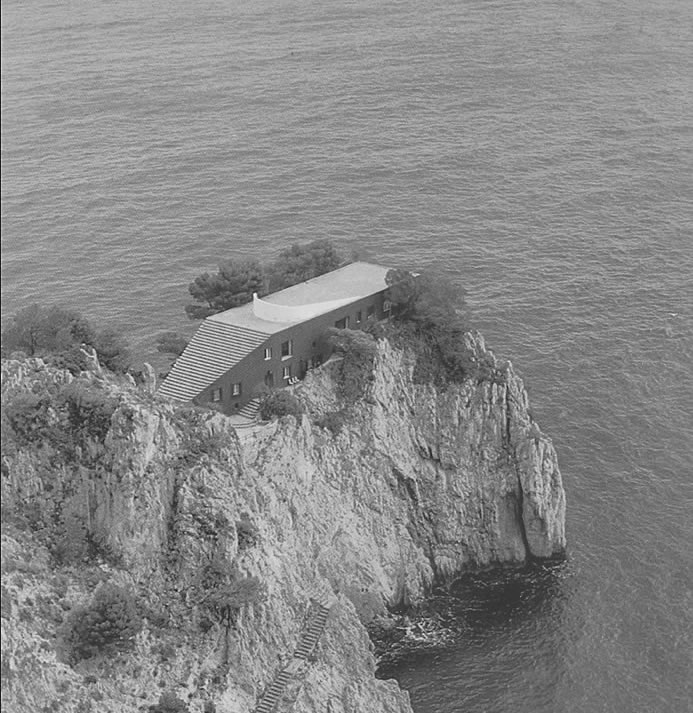
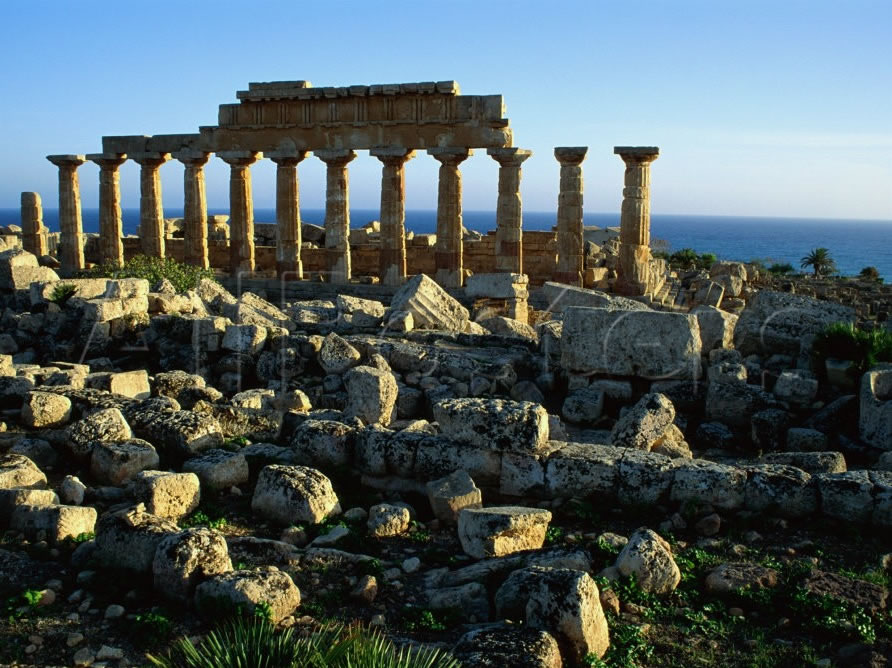
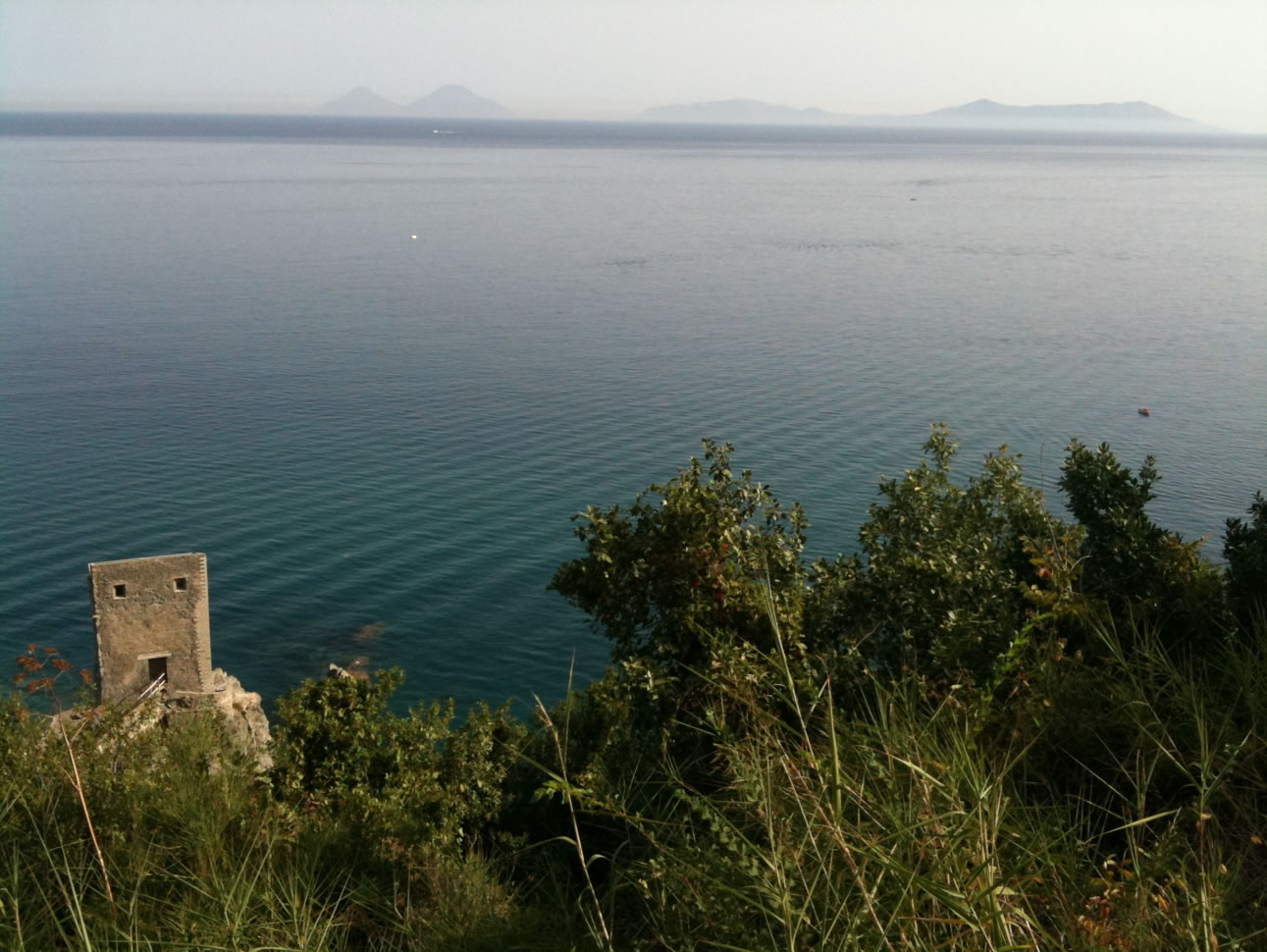
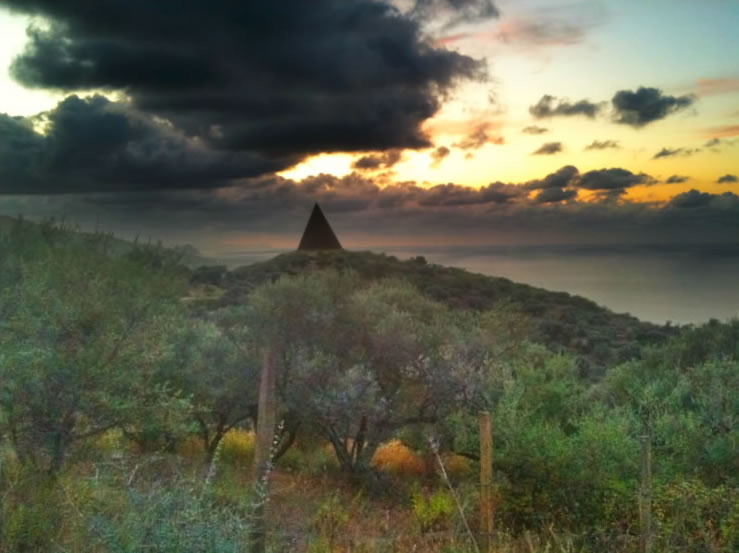
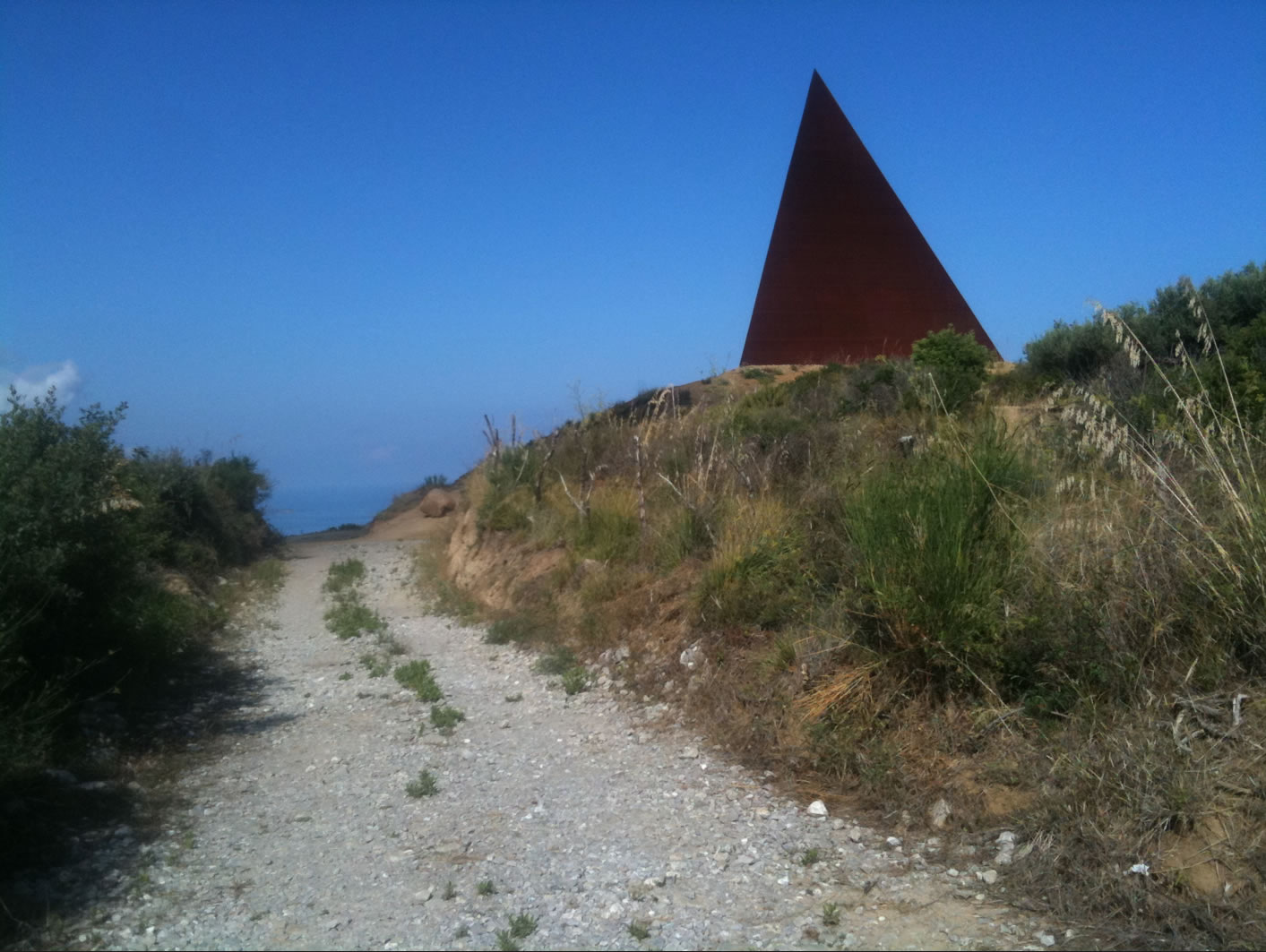
Presti&Staccioli Piramide di Luce
North: Military, Grid, Abstraction, Plan, Roman
Map
:::
.. :
-
::
Central: Organic, Earth, Section, Etruscan
Map

.
Go to the entire Conference on Imprinting in Rome
The mystery of Vie Cave
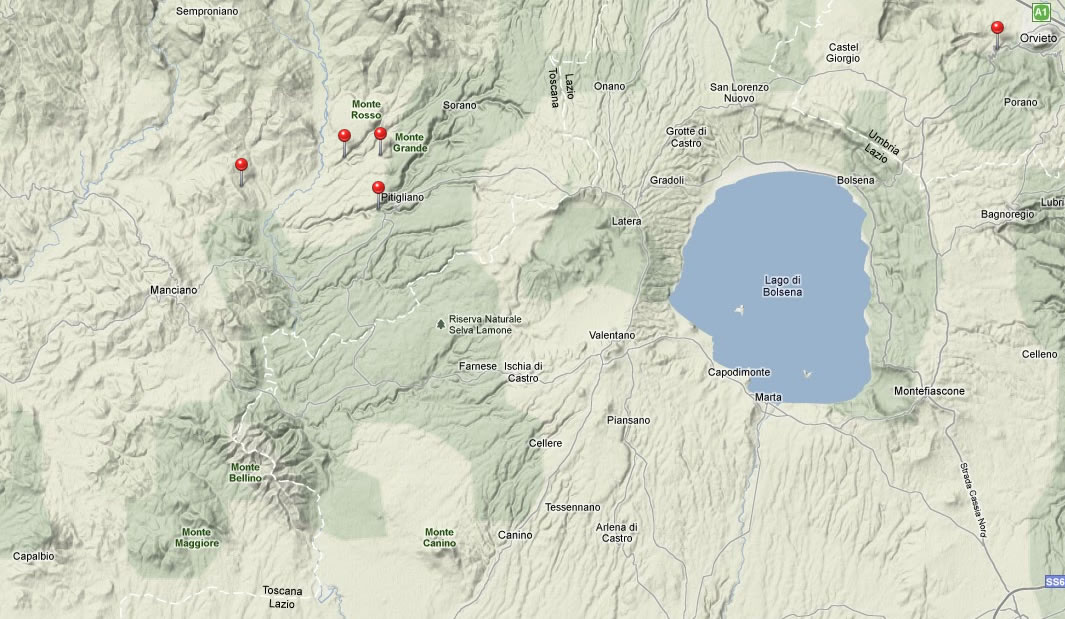
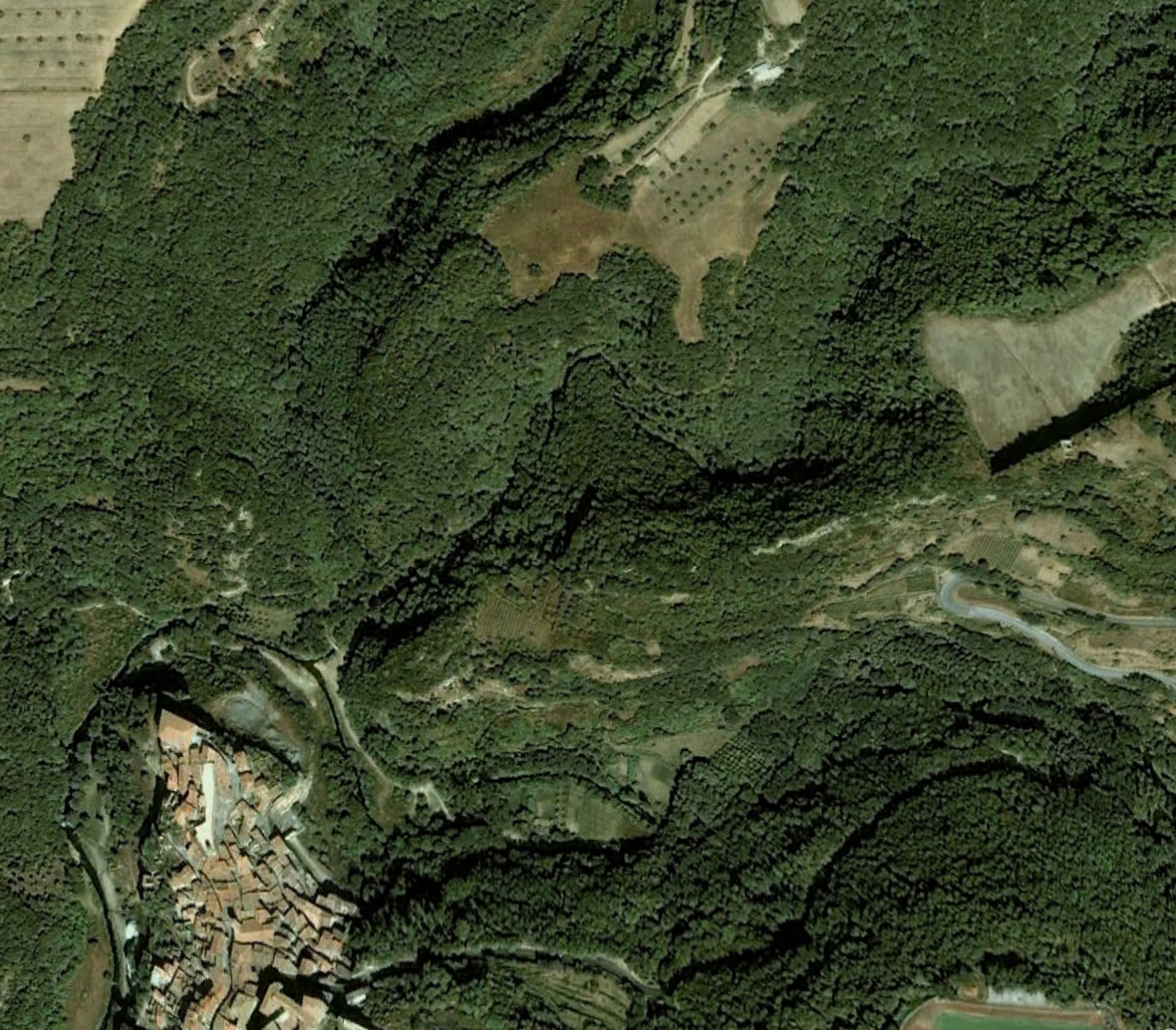
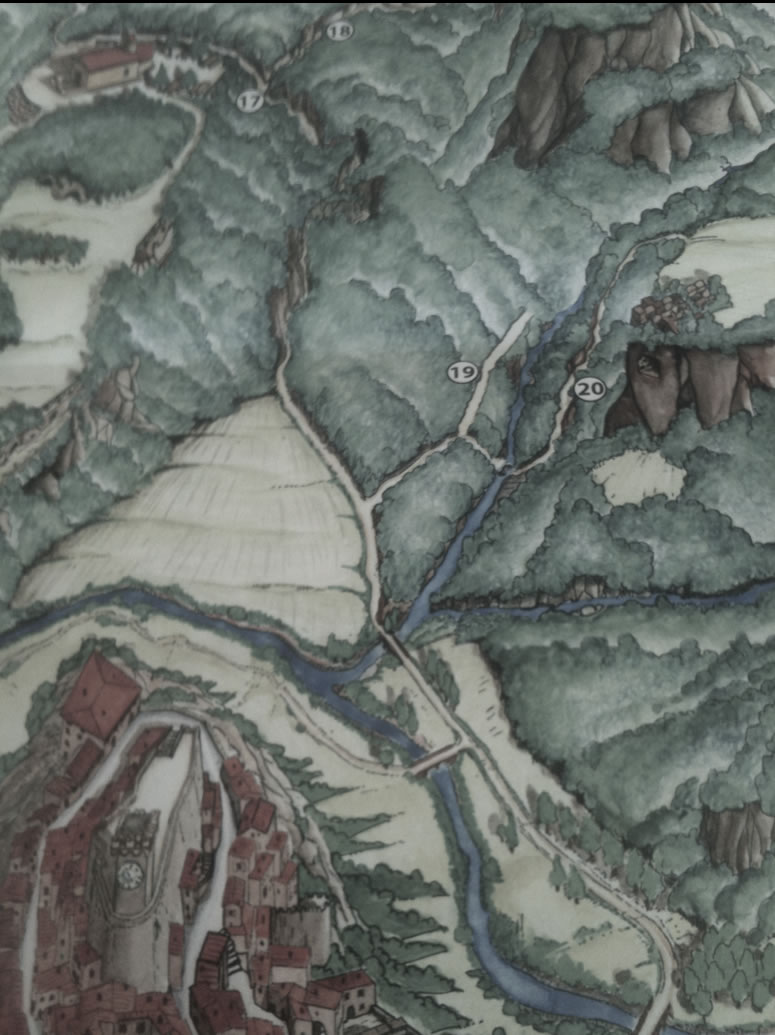
Sorana, Vie Cave Location Map Source is
Giovanni Feo, Le vie Cave Erusche, Laurium, Pitigliano 2007
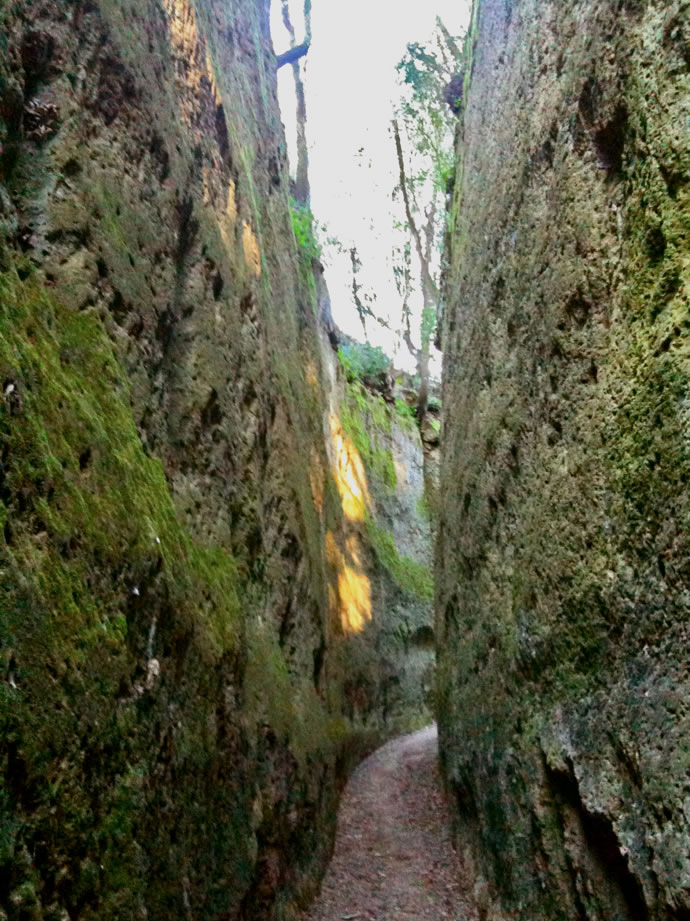
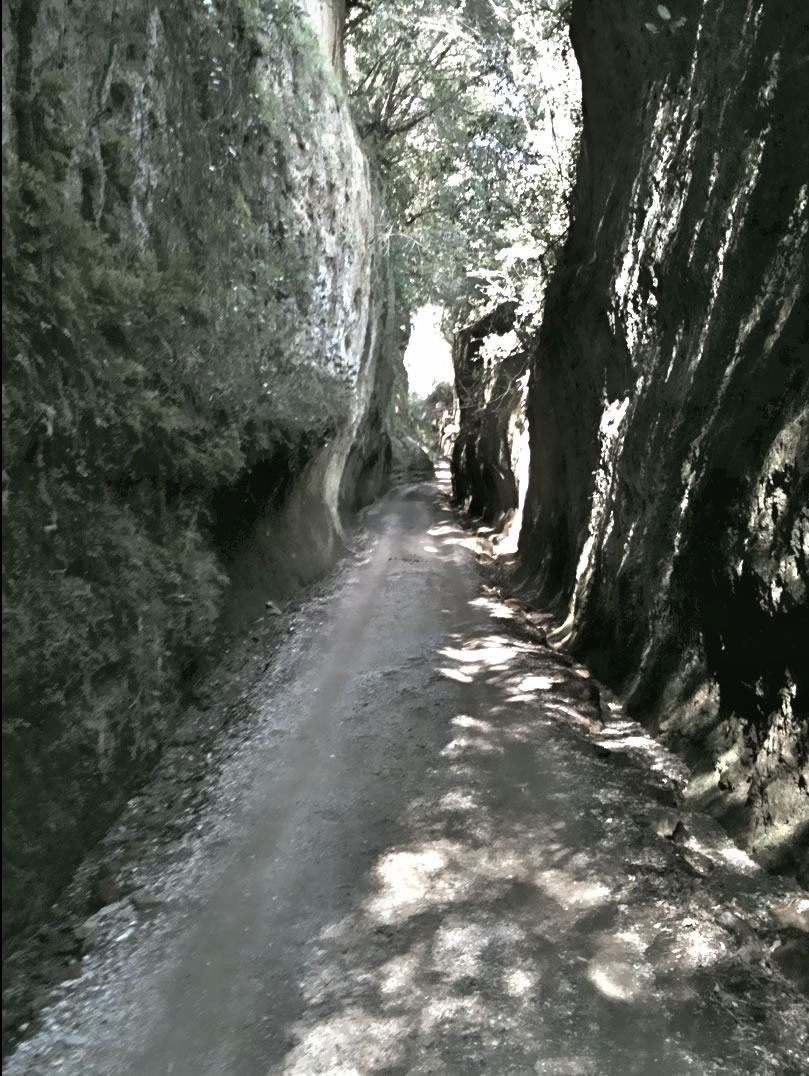
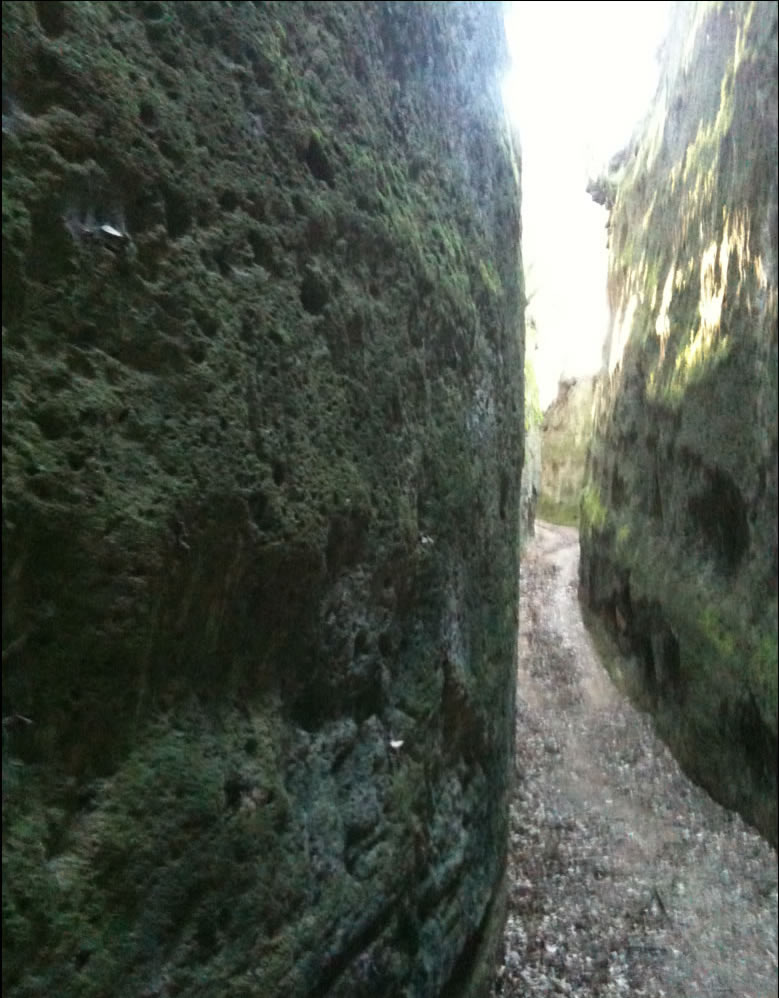 .
.
.
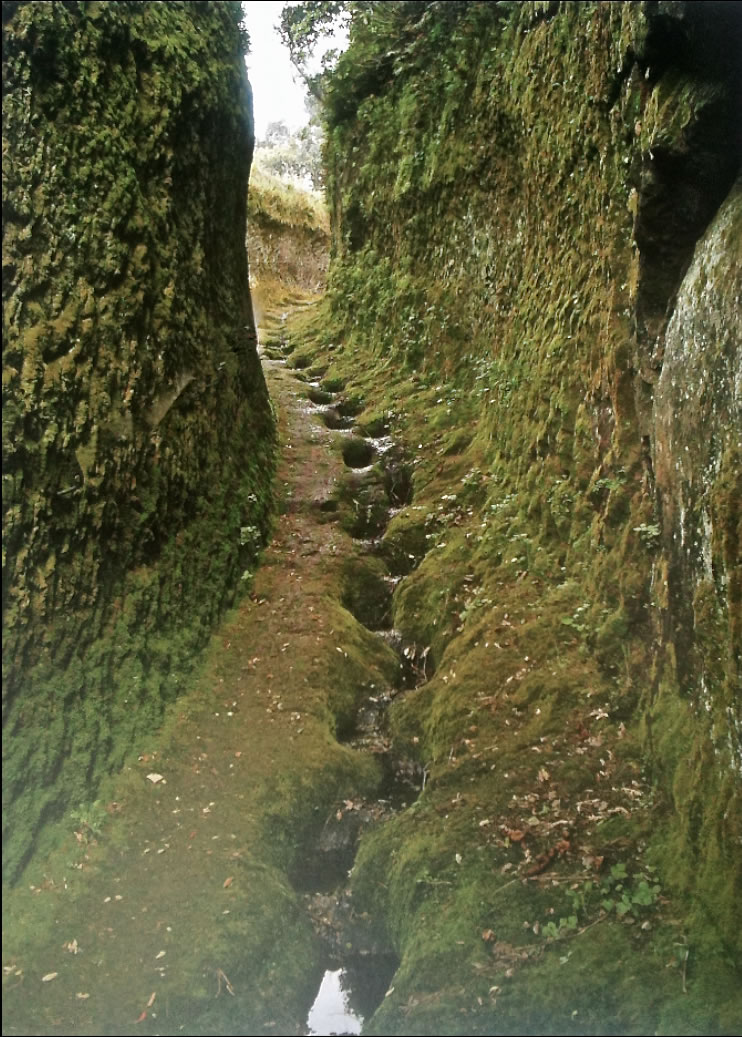 ..
..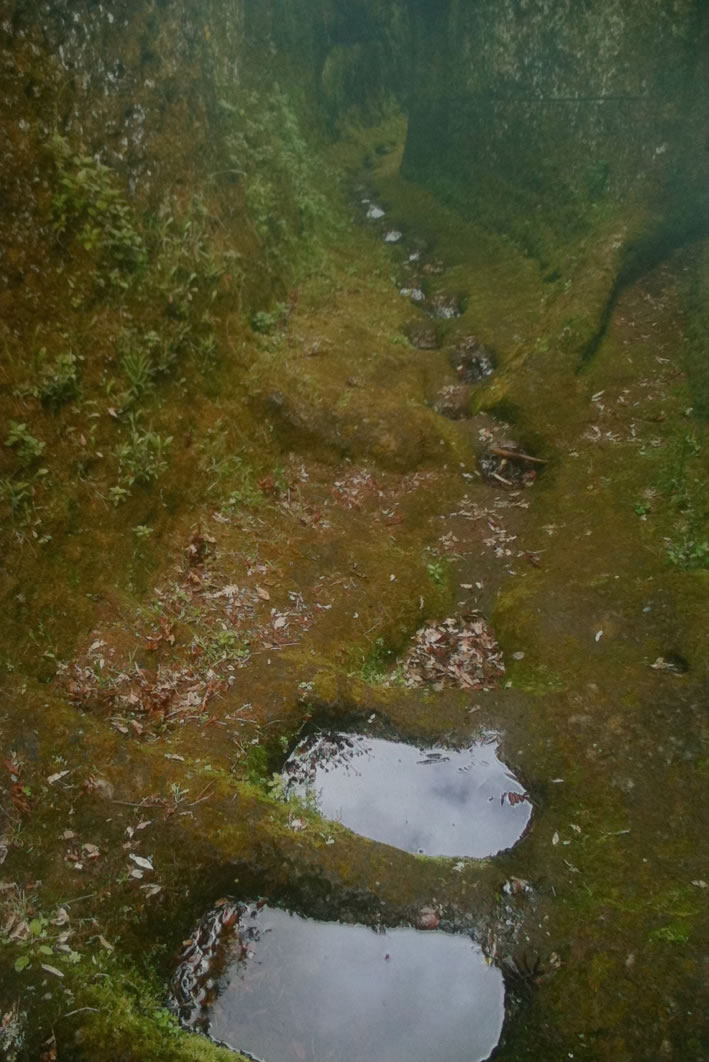
Nel Mondo etrusco esiste una complessa strategia dello scavo, una strategia combinata e coordinata che va dalla Tomba Rupeste, ai Dronos, alle Vie Cave, ai solchi "dei carri": Questa processione di scavi è anche quella che accompagna i morti alla sepoltura e allo stesso tempo celebra il percorso dell'Acqua (I morti devono avere acqua per vivere ed ecco la ragion della presenza continua delle coppelle.). Le vie cave sono state completamente tralasciate dall'Archeologia ufficiale per almeno tre ordini di motivi (perchè etrusche, perchè non "oggetti" e soprattutto perchè inspiegabili senza un approccio sistemico ecologico. Strade per l'archeologia ufficiale, sono invece parte integrante di un sistema di celebrazione del culto della terra.
Antonino Saggio
"Da quei monumenti emerge una primordiale concezione propria di tutte le antiche civiltà e che si può riassumere con una enunciazione: La Terra è Viva. Le sue segrete e invisibii energie, il suo 'soffio' vitale, il suo magnetismo, le correnti sotteraneeee fecondatrici, i suoi enti divini e inferi, le materie magmatiche, minerali e vulcaniche furono percepite come fenomeni reali e importanti, prodotti dal sacro cordo della Madre terra"
Giovanni Feo, Misteri etruschi, Stampa Alternativa Nuovi Equilibri, Viterbo, 2004 p. 74
Da ciò si desume un altro ragionamento... quanto la natura fosse fonte di informazione, contenitore di informazione ed emettitore di informazione quando l'idea della terra come essere vivente era radicato nella cultura, e quanto invece la informazione che oggi emana la terra è on compresa e trascurata anche perhè considerata morta.
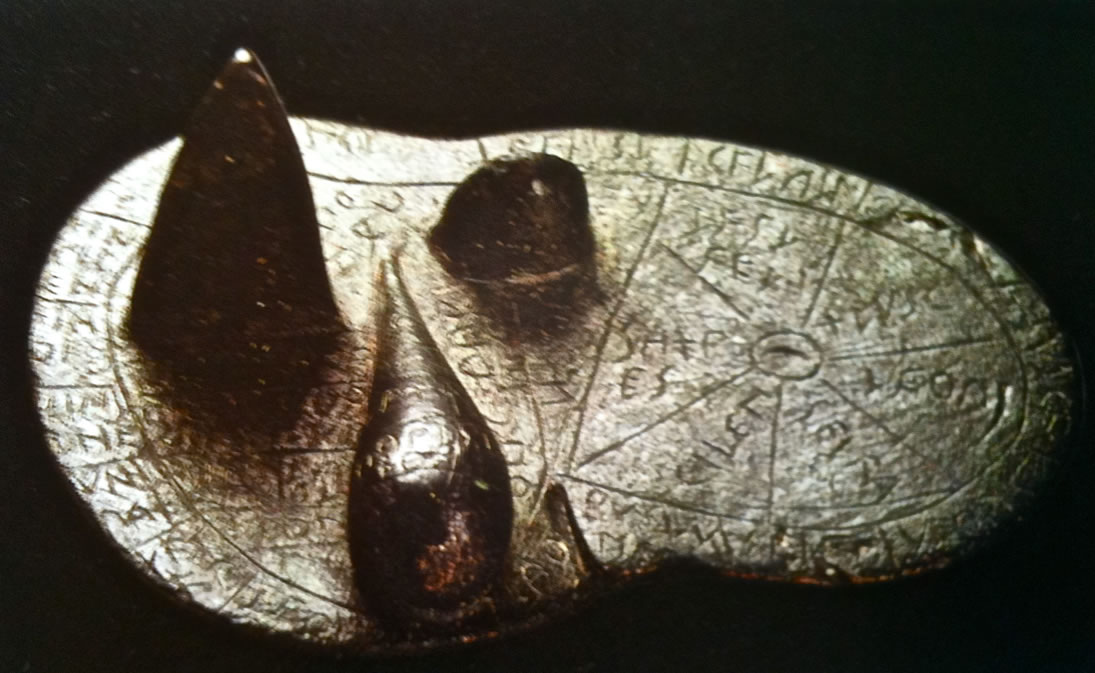
Jump ... More than 3000 Years Ahead
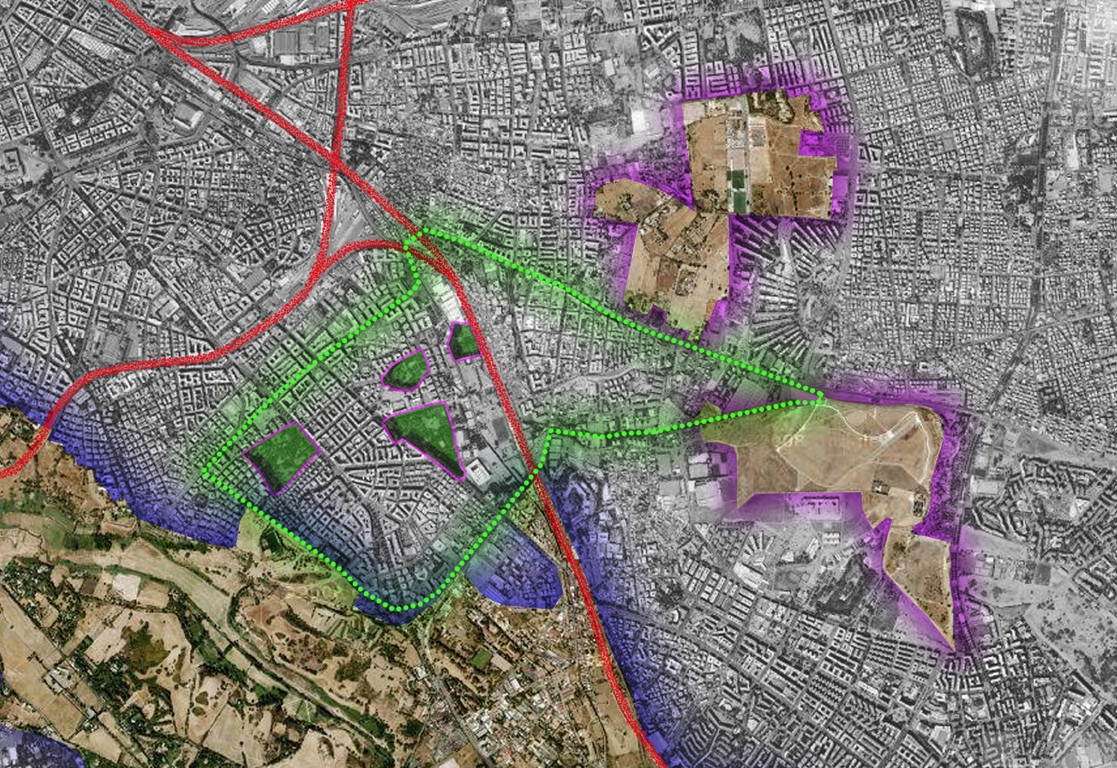
1. MultiFunctionality
(come le mura, mica sono solo difensive, una "pluralità di funzioni" vi devono ricadere, innanzitutto quello della mobilità)
2. Systematic Green
(è il concetto di ecologico in quanto sistema attivo, capace di innestare "cicli" e processi, maratonda >)
3. Information Technology Foam
(l'idea che oggi dell'informatica non si può fare a meno, e che anzi è spesso catalizzante es 2009, es 2007, es 2006)
4. Living Accessibility
(è l'idea che per vivere bisogna rendere accessibili sistemi urbani e ambienti diversi della città, insieme al senso del viaggio)
5. Magic Crisis
(è la chiave di volta, bisogna andare sul difficile è solo li che si apre veramente la modernità, anche nella sua componente più complessa e antica)
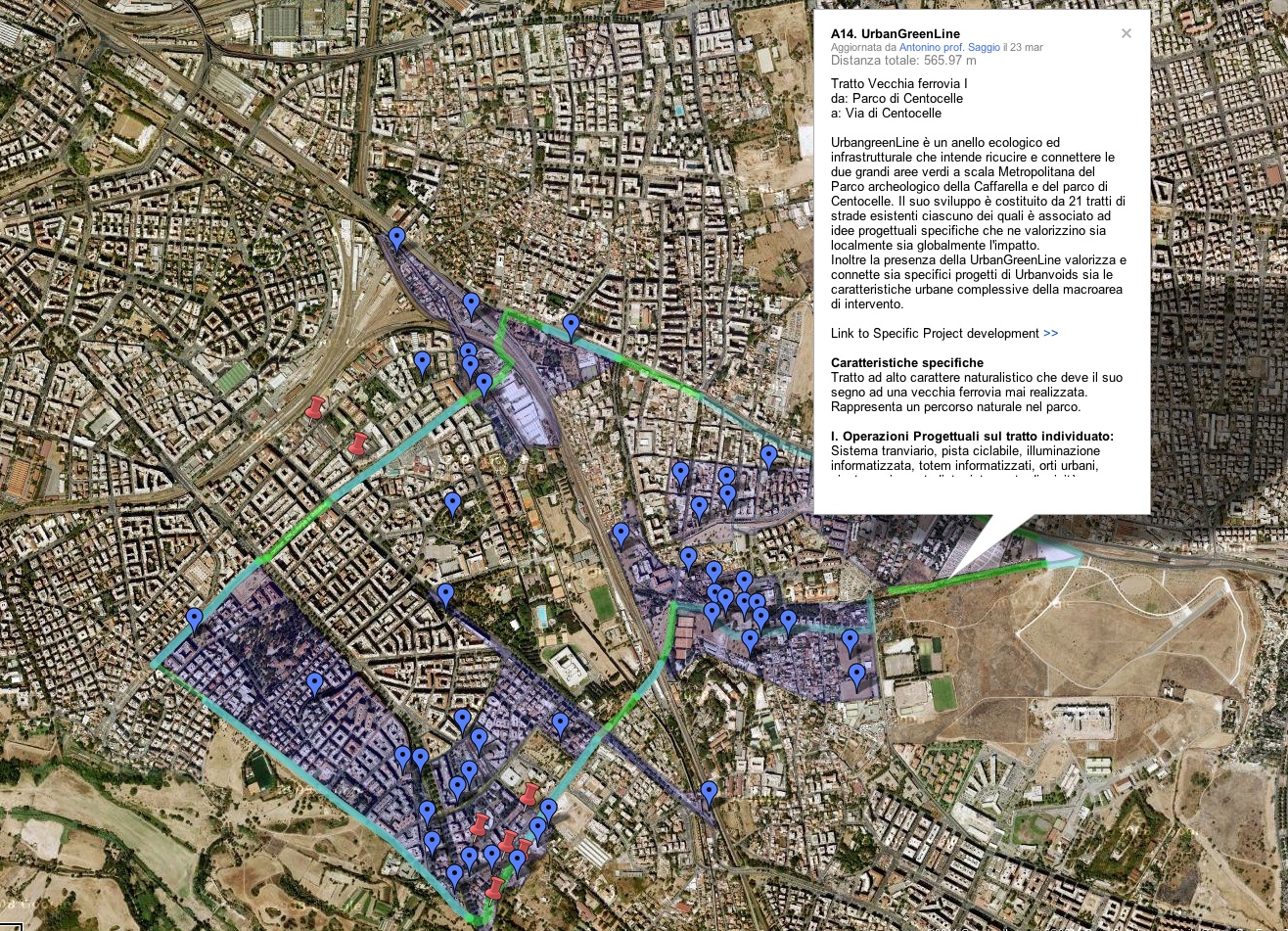
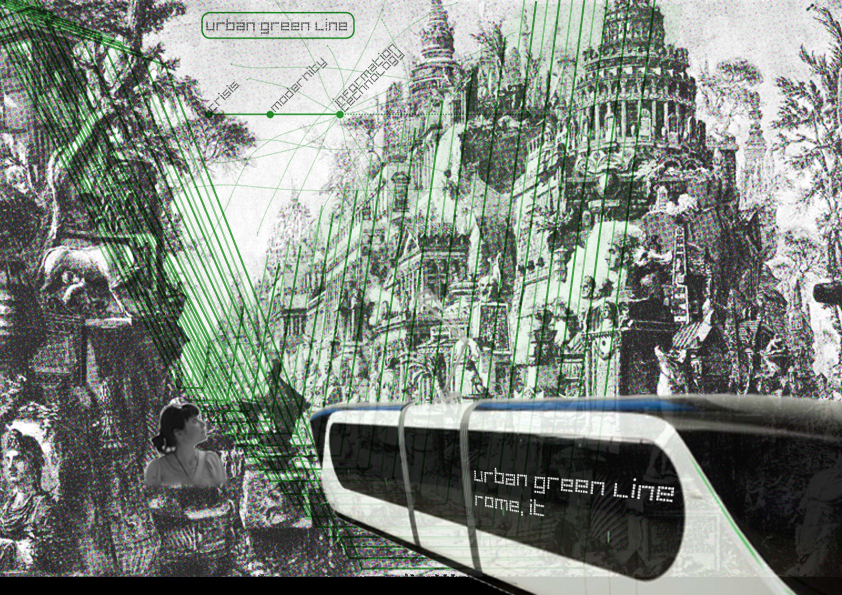
Giulia Gabellini Cad 2011
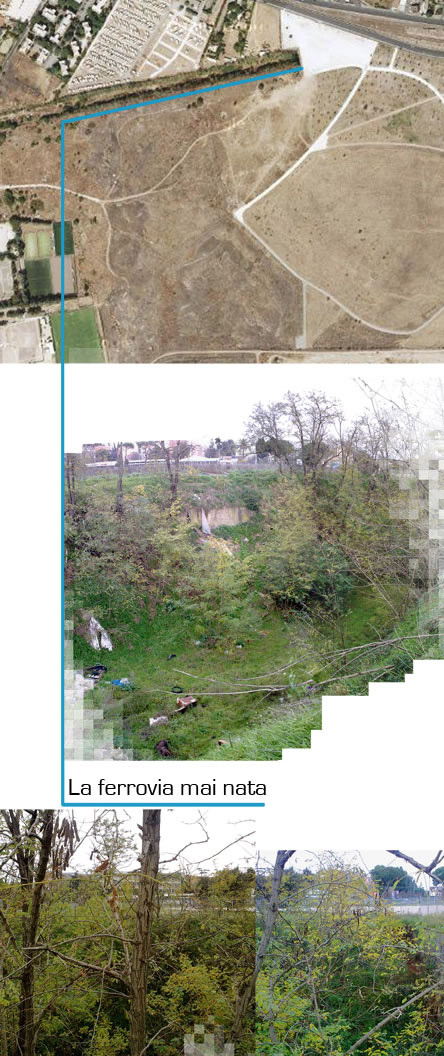
______________
Graduation Thesis/Tesi di Laurea
Il comportamento emergente nello spazio dell’architettura e della natura
Ledian Bregasi
Advisor Saggio-Sapienza-Rome
___________
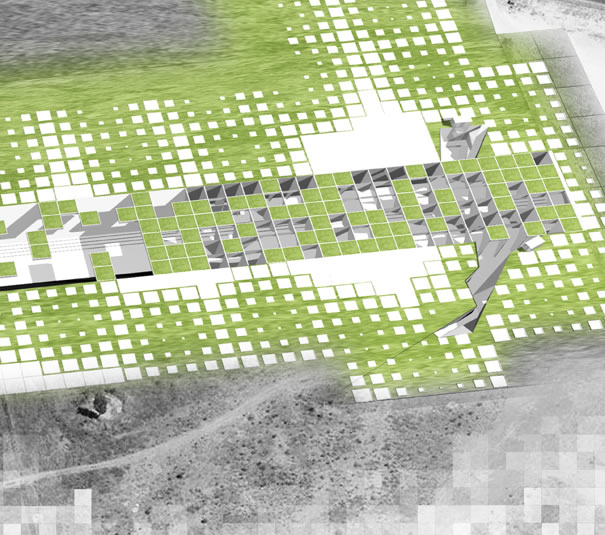

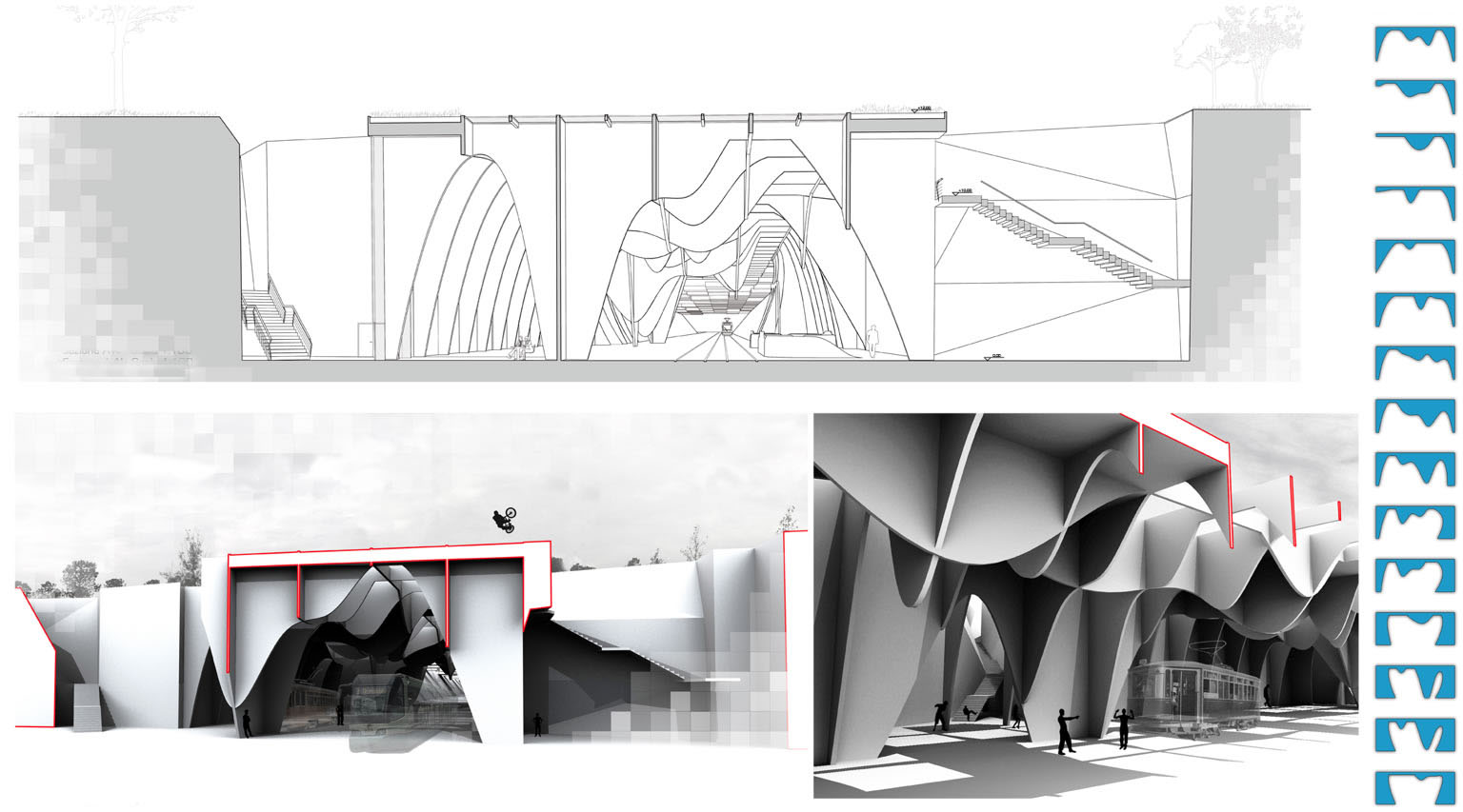
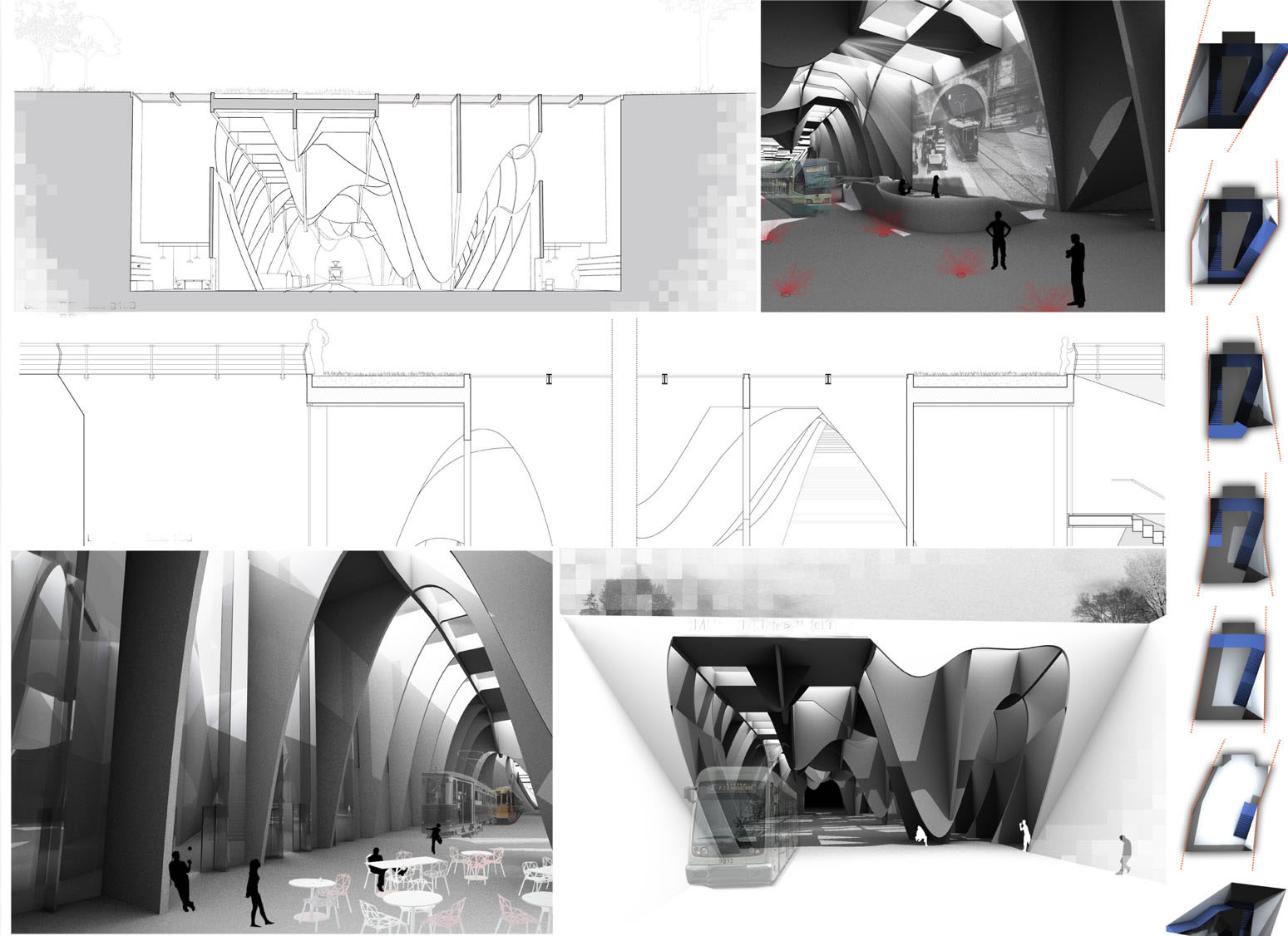
2.
Digital Caravaggio or the Discoveries of Cracks
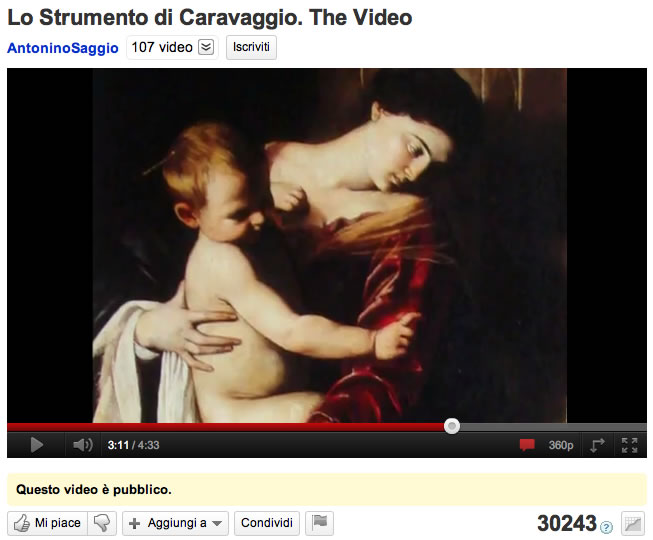
YouTube Movie or download high resolution 220 mega
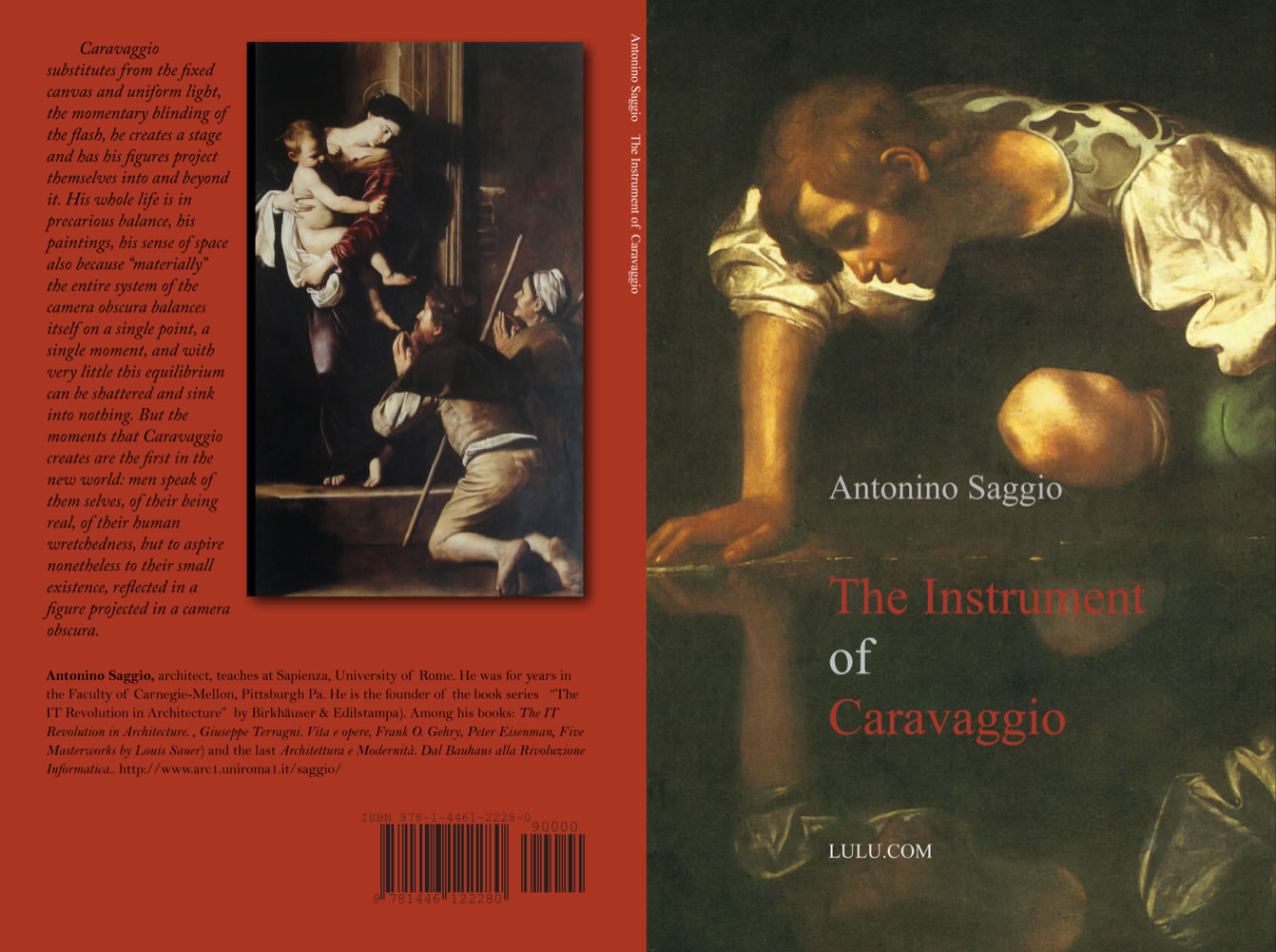
Order in Print..
or Free downLoad of Pdf -EPub
During the days of Mediterranean Conference Ecotechnics
Rottura del Telaio / The break from the frame



In bilico / Precarious Balance


Flash

Lente / Lens




Caravaggio Digital




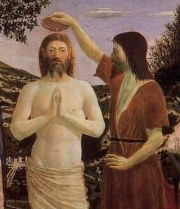

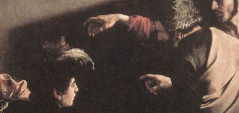
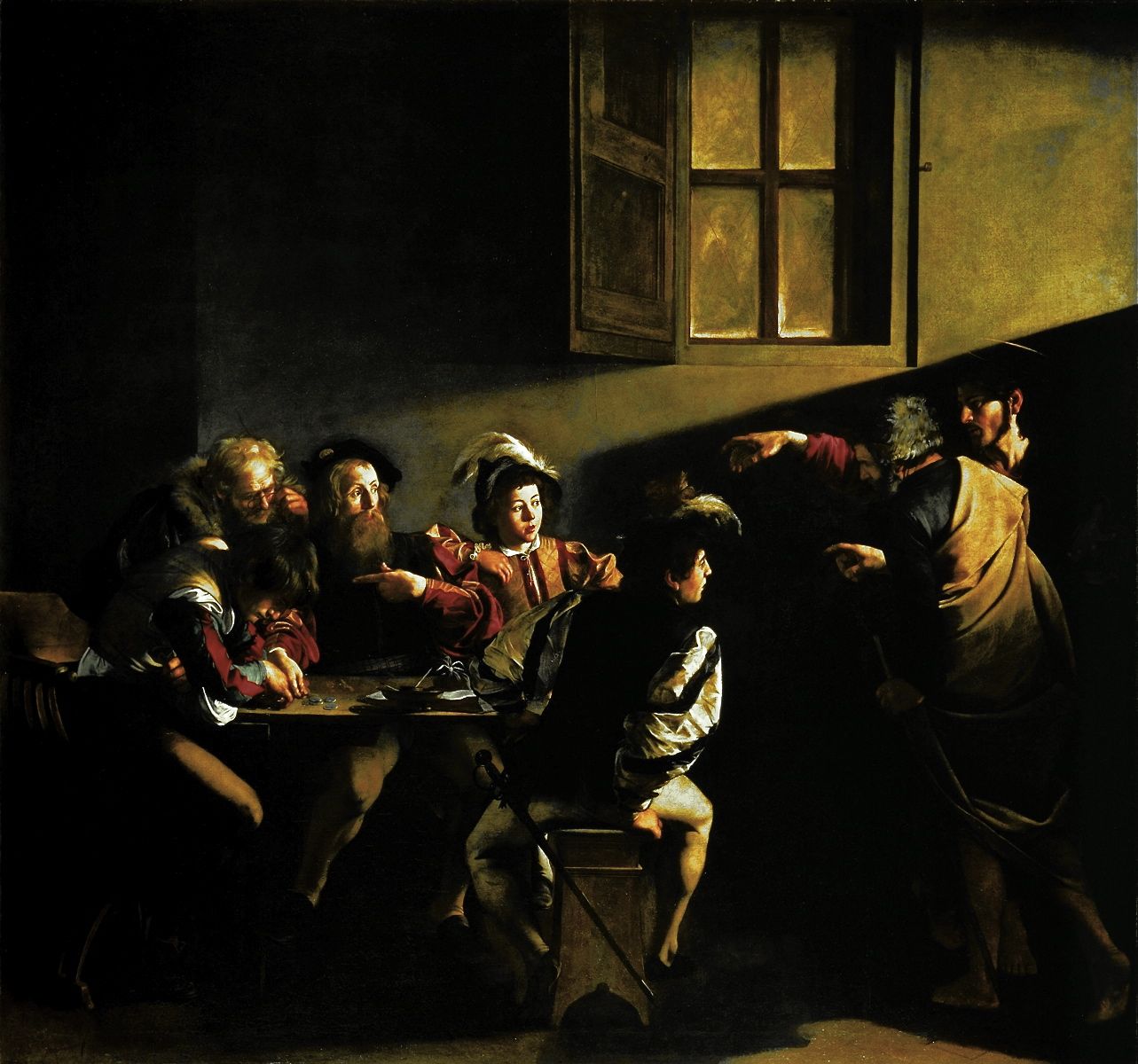
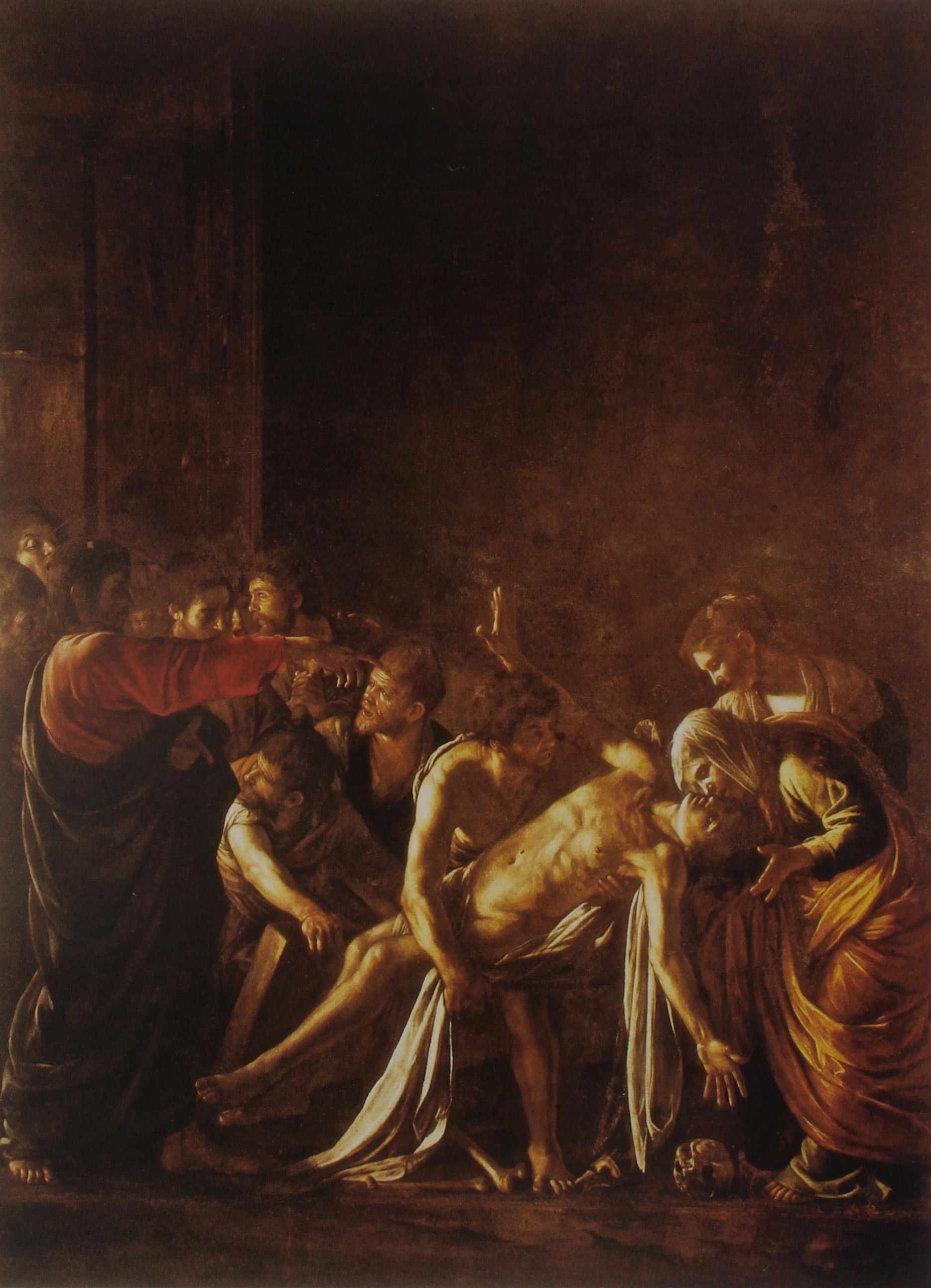
Double digital
Deghati Reza credit
.jpg)
Image By Mario Schifano,1970 ca. The individuation of such an image is as an exampèle of collective intelligence. It is coming from onf of Saggio's Student 2011 after a lecture that Touched this theme
http://DarioPompei.altervista.org/diario/diario.html
Dal Basso / From Below






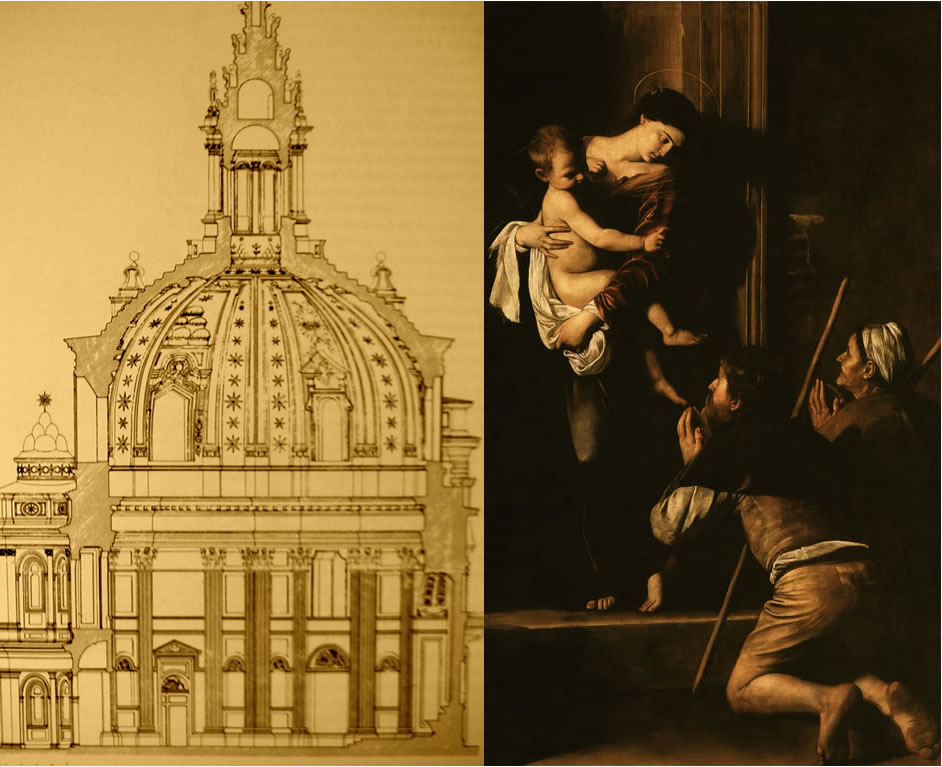
______________
Graduation Thesis/Tesi di Laurea
MOB Museo dell'opera Borrominiana
Matteo Alfonsi
Advisor Saggio-Sapienza-Rome
___________


About the Crack
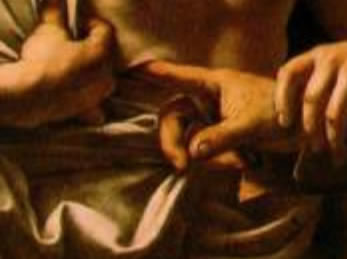
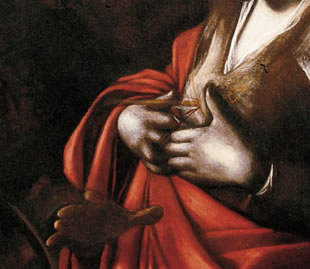
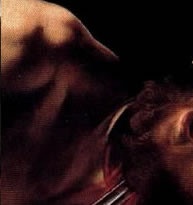
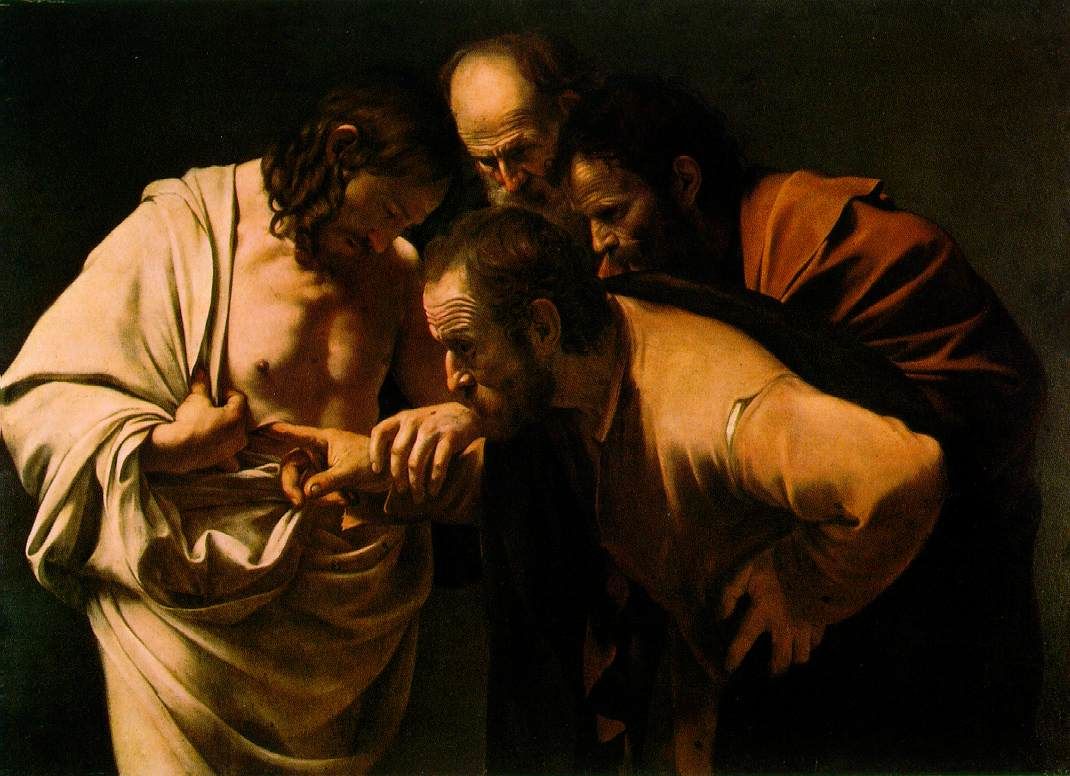
______________
Graduation Thesis/Tesi di Laurea
Labes o del dislivello
Scavi archeologici come motore attivo del progetto urbano, proposta di risistemazione della via Sannio, Roma
Cristian Farinella, Lorena Greco AA 08-09
Advisor Saggio-Sapienza-Rome
___________

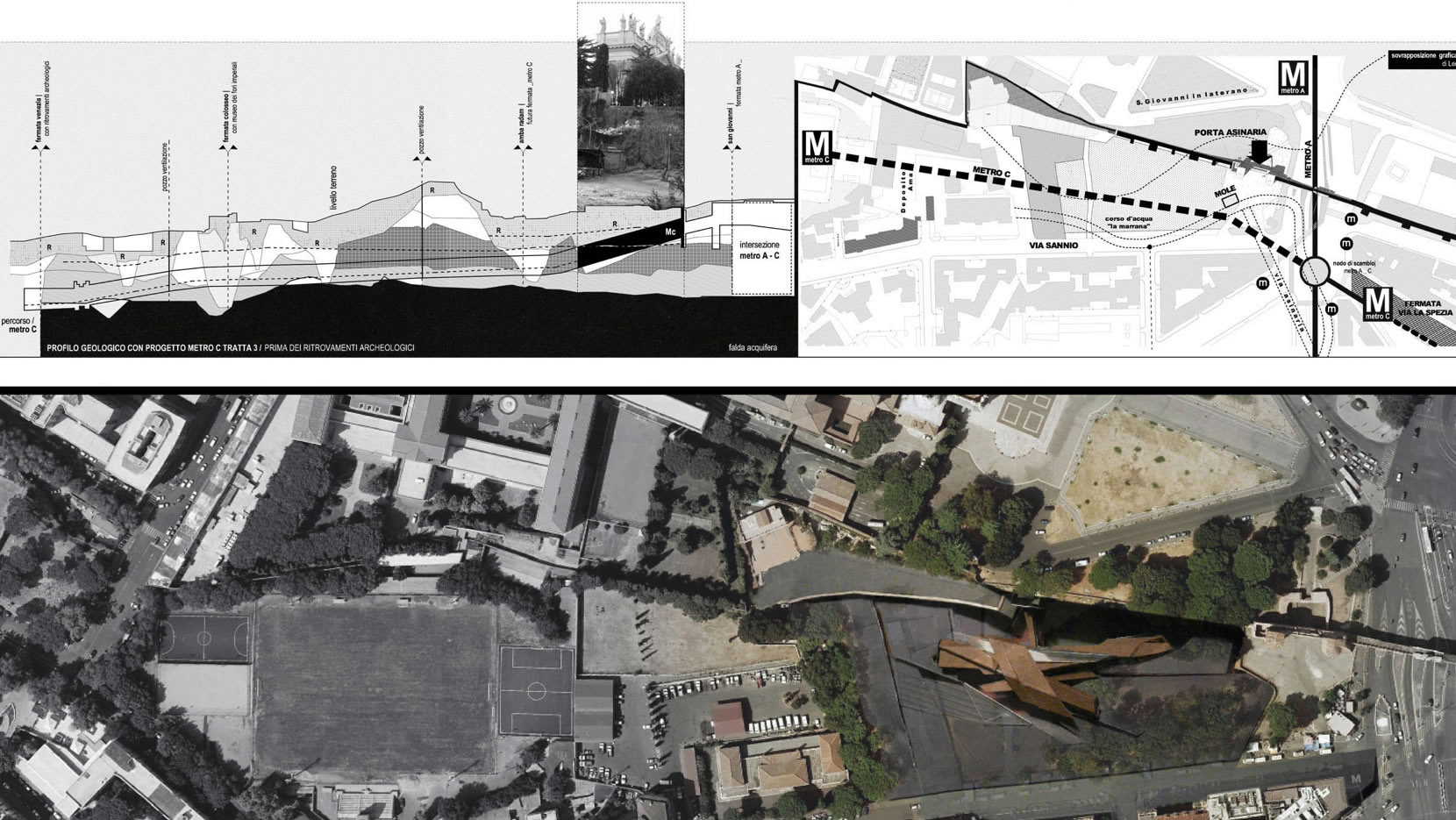
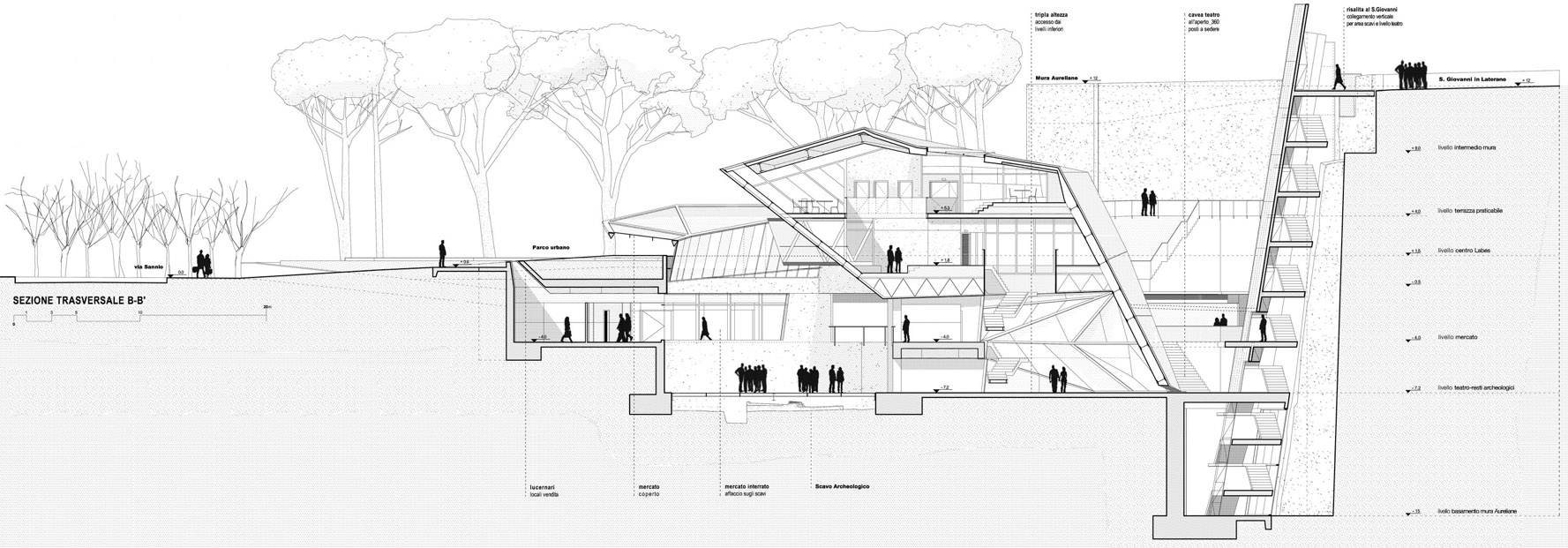
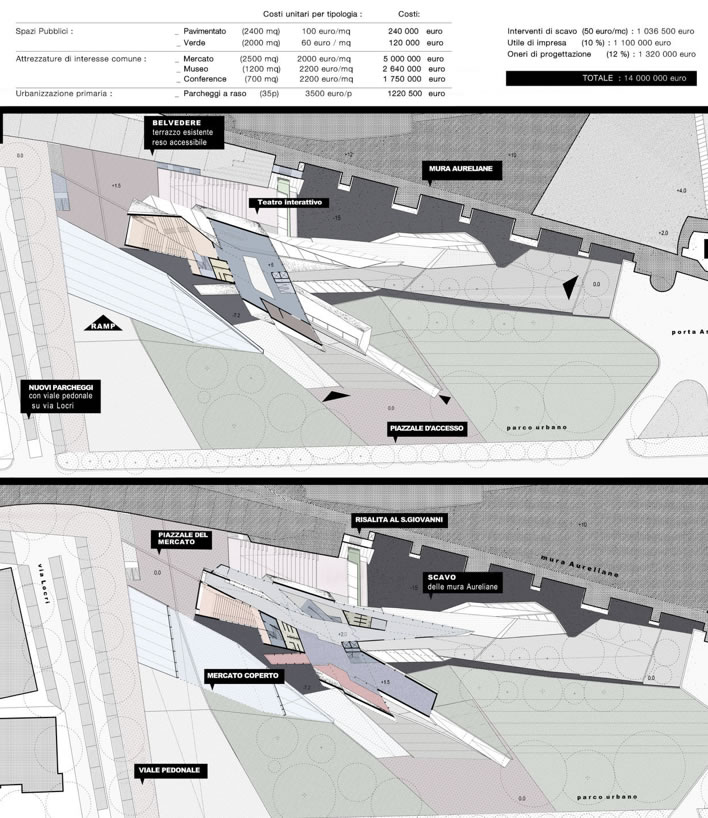

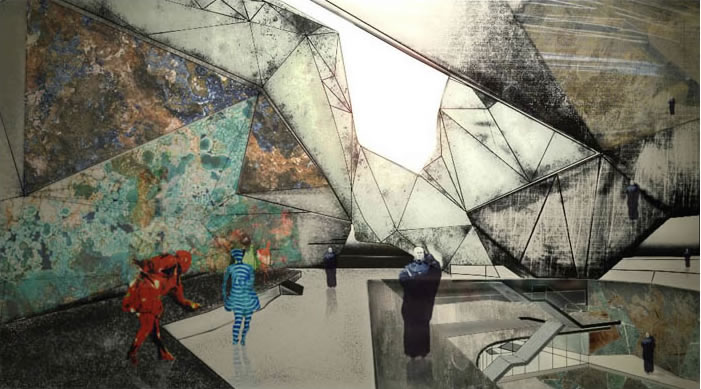
______________
Architectural Design
Galleria di Architetura "come se", Roma
Architect Rosetta Angelini
nITroSaggio.net
___________
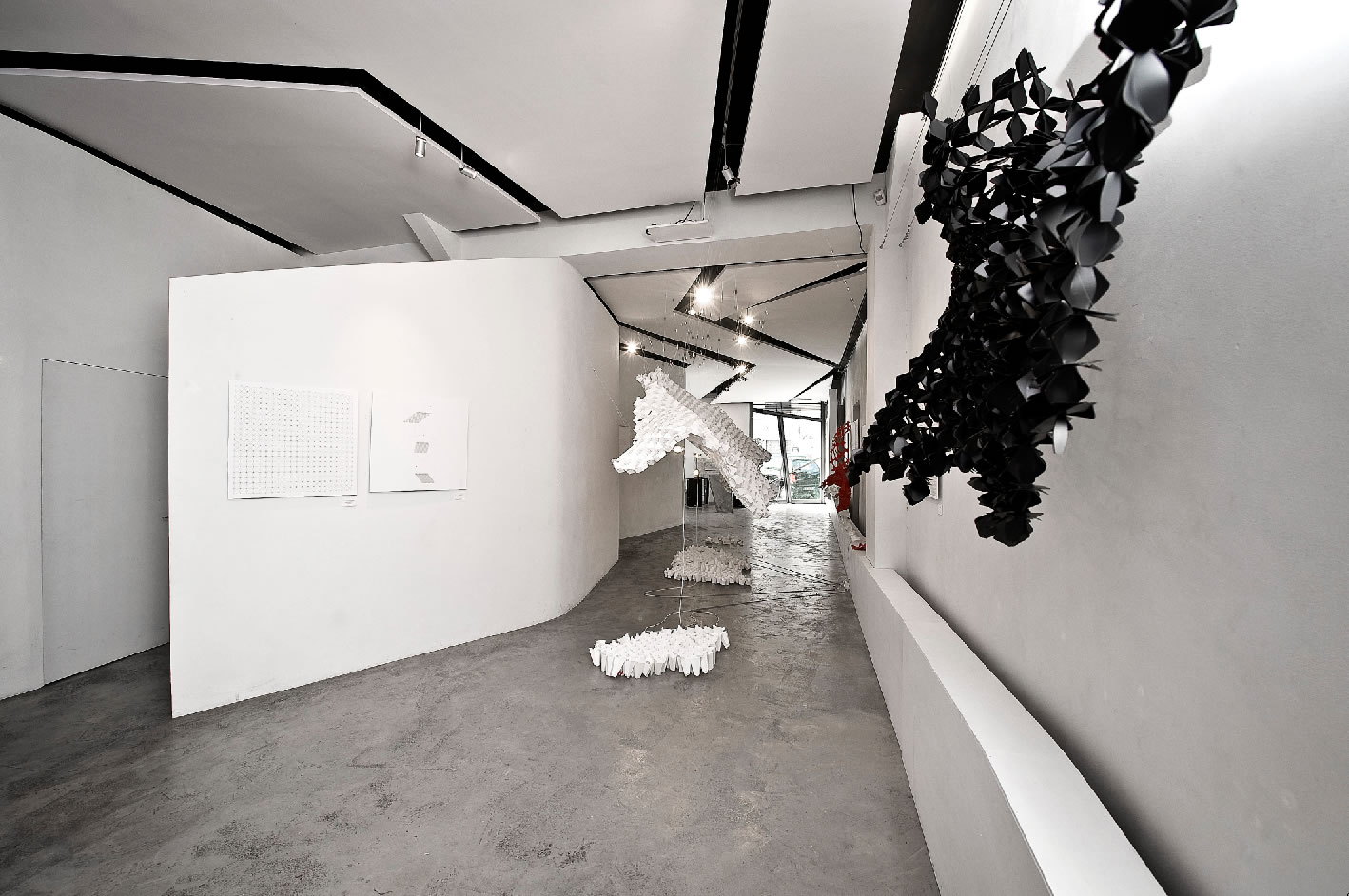
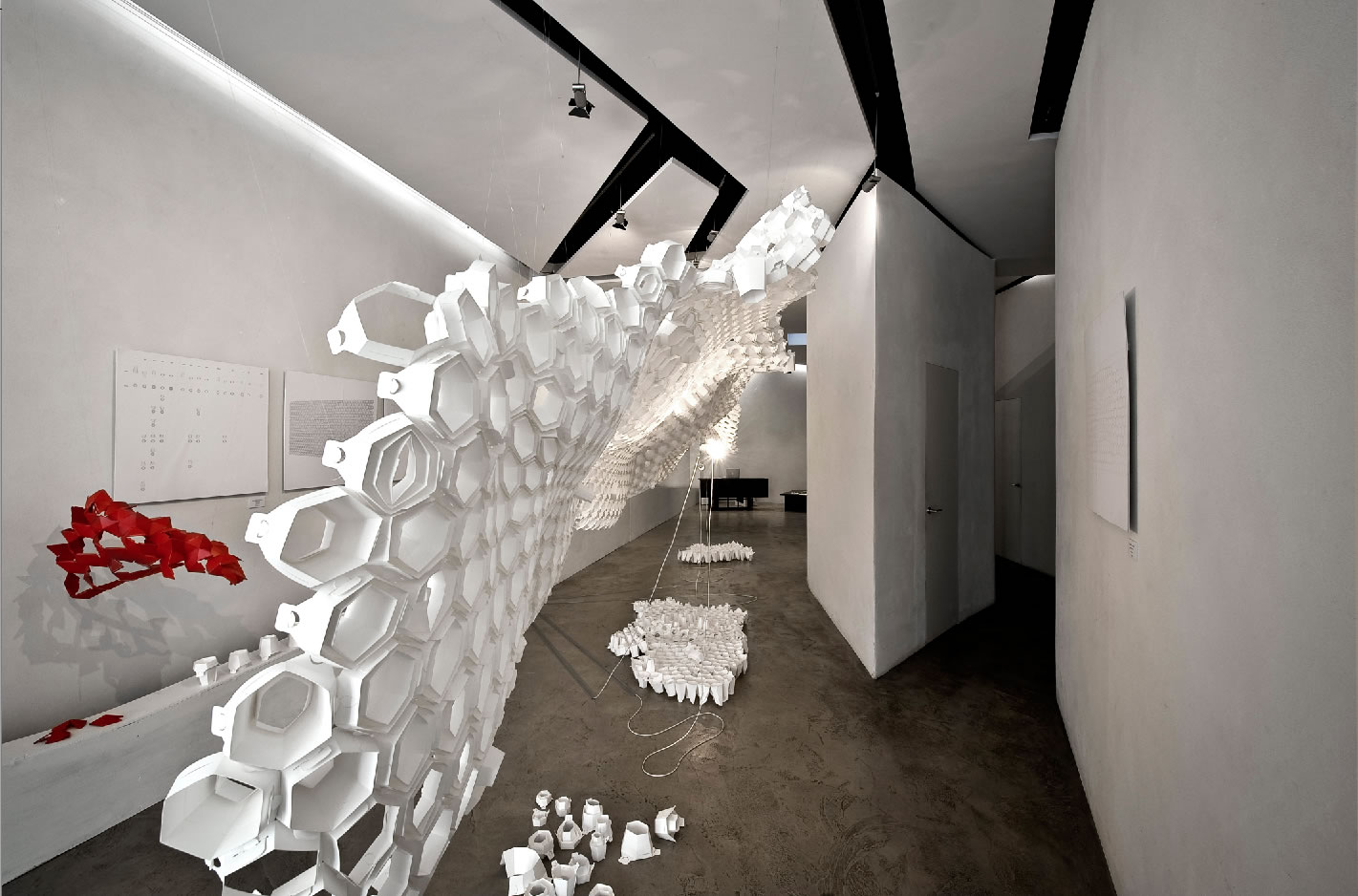
Gernot Riehter Exhibit
______________
Architectural Design
Galleria di Civico Zero Center for young Immigrants , Roma
Architect Rosetta Angelini, collab. L. Greco C. Farinella
nITroSaggio.net
___________
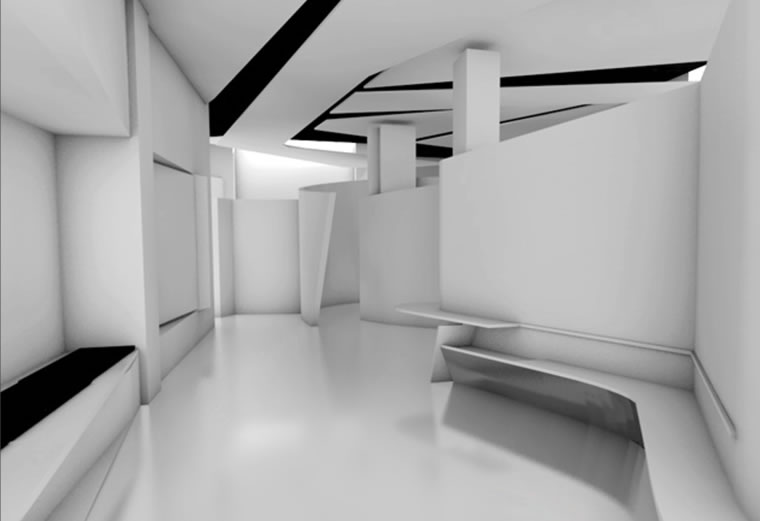
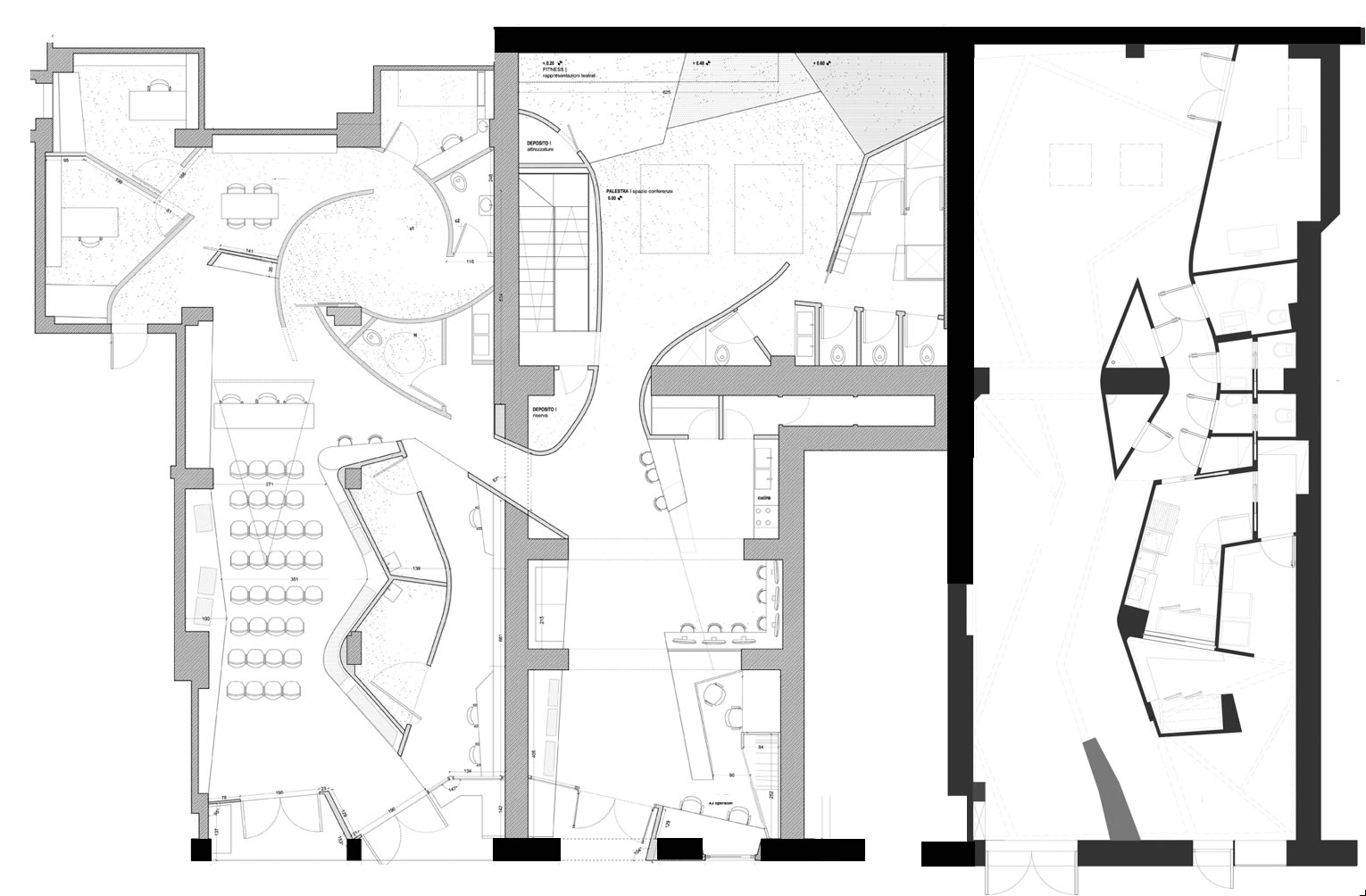

Francesco Rimondi
Exhibit at The Gallery Come se October 1 November - 7 2008
See movie
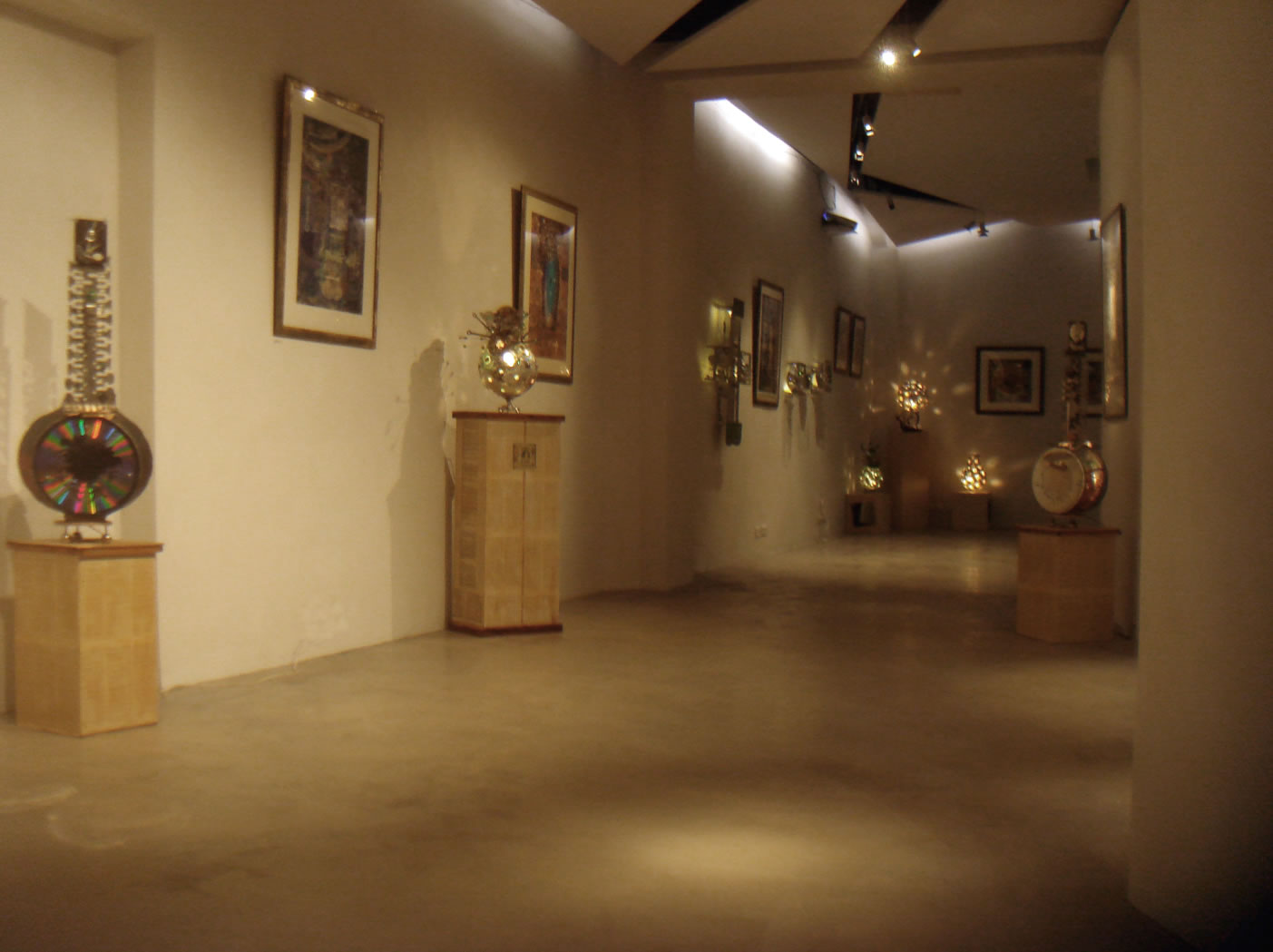

Third trip
Just Five days on the Sea
about Layers and Co-presence
Vincent in Provence
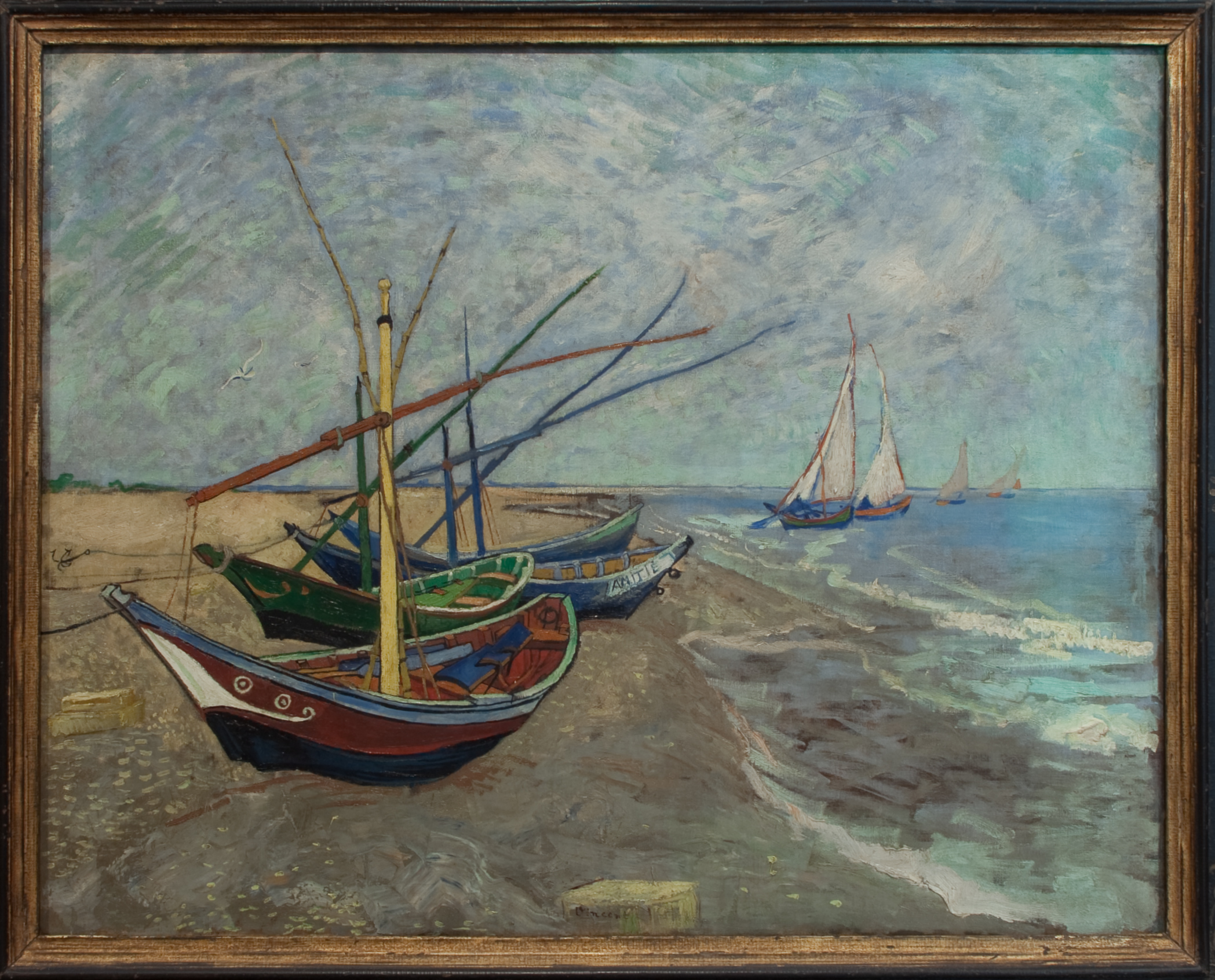

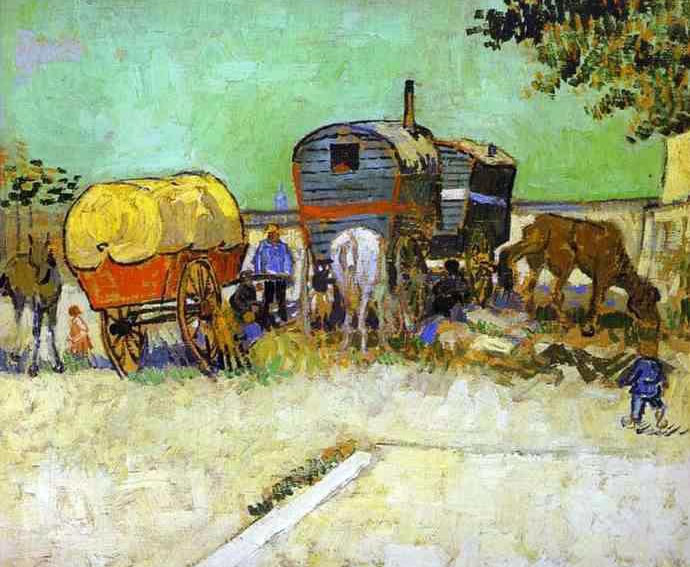
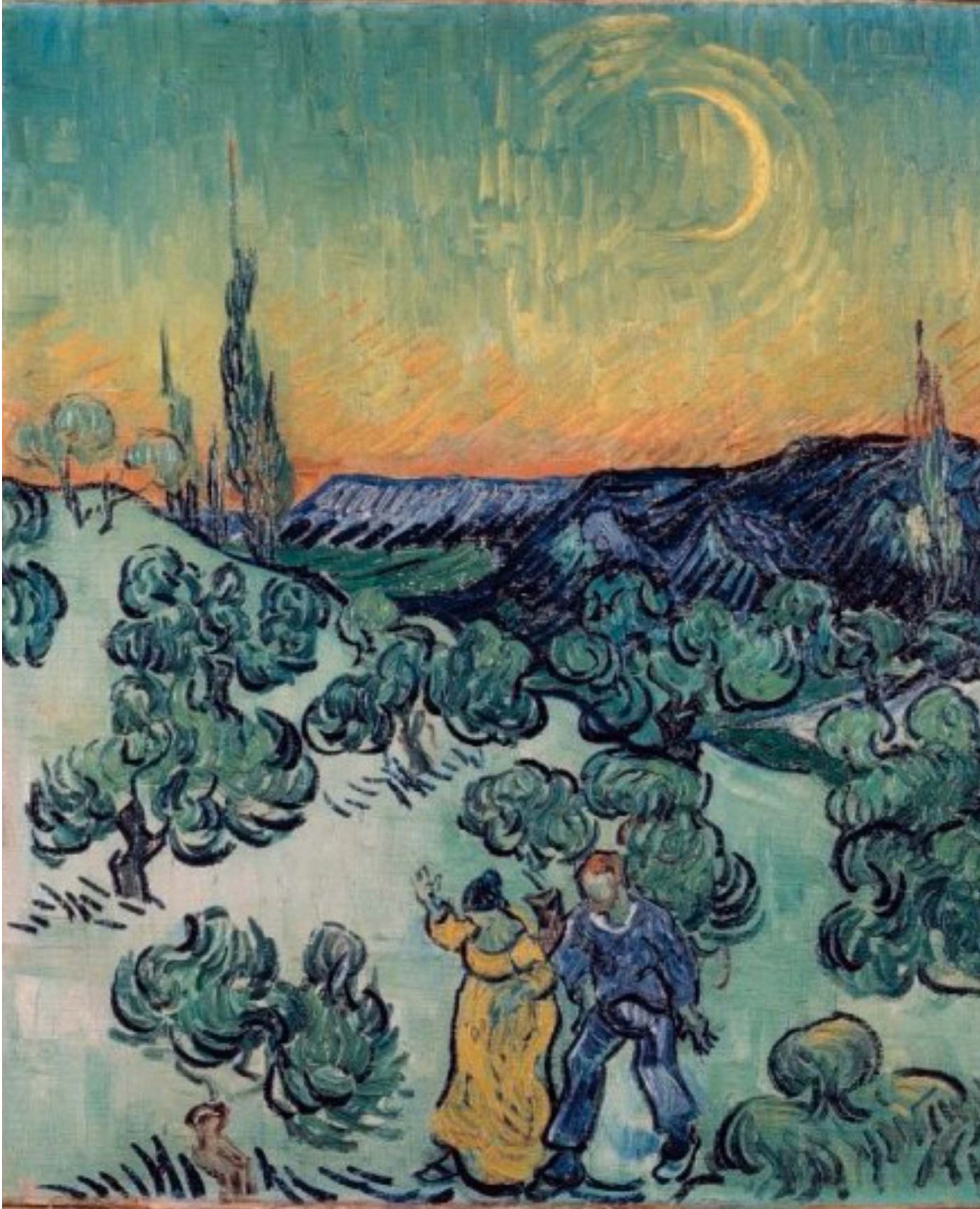
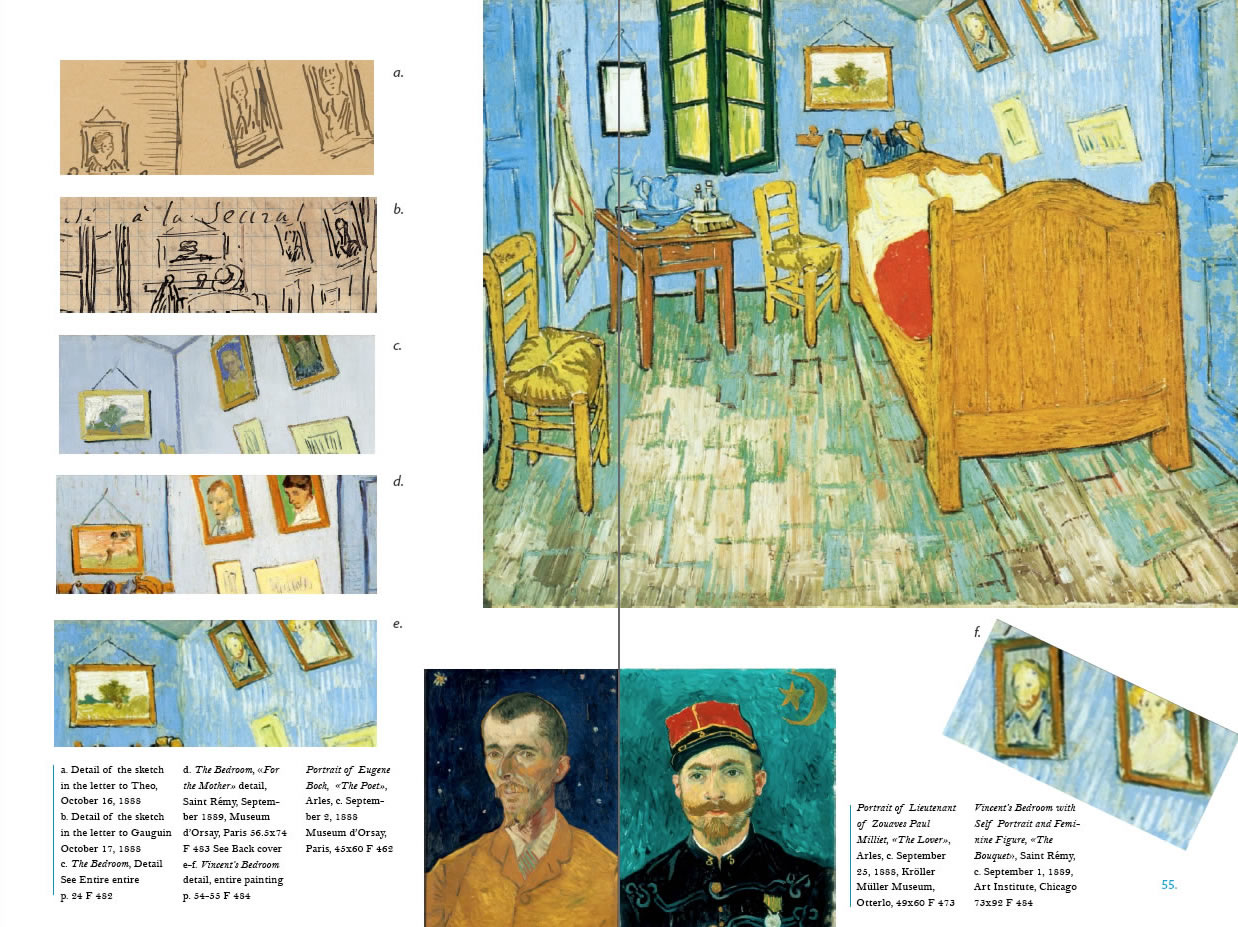
Biosphere
Biosphere 2 is a 3.14-acre (12,700 m2)[1] structure originally built to be an artificial, materially-closed ecological system in Oracle, Arizona (USA) by Space Biosphere Ventures, a joint venture whose principal officers were John P. Allen, inventor and Executive Director, and Margret Augustine, CEO. Constructed between 1987 and 1991, it was used to explore the complex web of interactions within life systems in a structure that included five areas based on natural biomes and an agricultural area and human living/working space to study the interactions between humans, farming and technology with the rest of nature.[2] It also explored the possible use of closed biospheres in space colonization, and allowed the study and manipulation of a biosphere without harming Earth's. The name comes from Earth's biosphere, Biosphere 1. Earth's life system is the only biosphere currently known. Funding for the project came primarily from the joint venture's financial partner, Ed Bass' Decisions Investment, and cost $200 million from 1985 to 2007, including land, support research greenhouses, test module and staff facilities.
From: http://en.wikipedia.org/wiki/Biosphere_2
